
Sailing Fat Susan in COVID Times – A Teenager’s Year Review of 2020

HAHA! It’s me. You may have been expecting Sam but no, I, the far superior sibling, am here to tell you my tale of 2020. So sit back, relax, and keep on reading my review of our year sailing and travelling on our boat Fat Susan, because you have nothing better to do with your life.
Contents
January 2020 – Exploring Ecuador and Colombia
New Year in Ecuador
For me, the year started off badly. I lay in bed, stricken with a terrible illness and stranded on a mountain face. Outside my window a fire raged, held back by a circle of animal bones, laying waste to the land beneath it like a dragon in a frenzy. Small, hooded figures stood around the caged beast, chanting an oath as it spat at them.
To someone who wasn’t there, this may sound a little bit like a dodgy cult meeting, but I assure you it wasn’t. The ‘terrible illness’ was just a bit of altitude sickness. There was, however, a raging fire. That was because it was NEW YEAR’S EVE and it’s just what they do in Ecuador. The jumping over of fires and the burning of Spiderman is a centuries old tradition. Yes, we were in Ecuador, on the side of Mount Cotopaxi or ‘The Volcano That Doesn’t Exist’. Seriously though, we stayed for two days and didn’t see any part of the mountain. What’s up with that? Anyway, with the mild cult meeting adjourned, we all turned in for bed, looking forward to the awesome year of 2020.
With the alleged volcano left far behind we headed down into Quito old town. I must say, Quito old town, it’s a lovely place. Lot’s of nice buildings and stuff. Heckin’ massive churches though. My personal favourite is the Basilica del Voto Nacional. Very spiky, would recommend. I found it very hard not to throw the tennis ball that I just happened to have in my pocket at the time, off the tippety top onto the hoard of school children below. MWAHAHAHAHAHA!!! The rest of the day was spent exploring the lovely, but slightly chaotic city of Quito.
The next day, we hopped in a smallish minivan and drove for a rather large number of hours. Eventually we reached Otovala indigenous market. It was here that we acquired BRRIAN the most esteemed member of the crew. We also watched some dude weave some weaving on a weaver, which was interesting. Finally, there was a rather large lake in the area so we went and visited that too. [You can book this tour and more with the awesome Original Ecuador Tours. Highly recommended. – Mum]
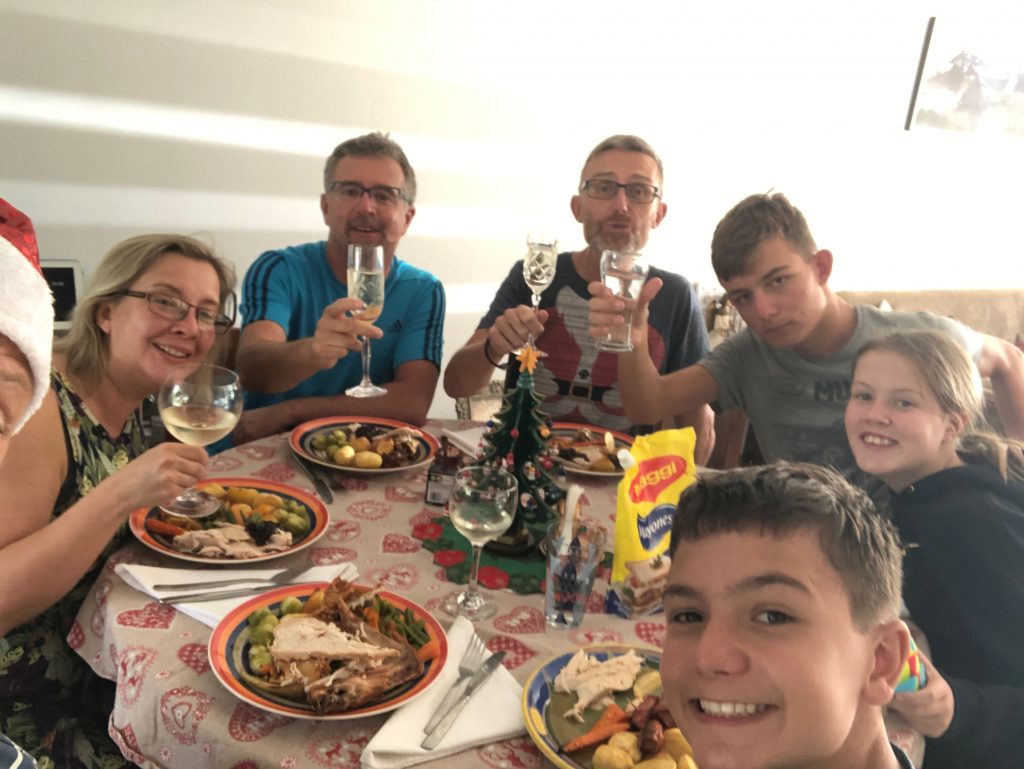
The real reason we were in Ecuador was to visit our friends for Christmas and New Year. Many snaccos.
Sadly, we had reached the end of our time in Ecuador. We said farewell to our friends and jumped onto our boat-bound flight.
Exploring Colombia
We arrived back at the boat in Colombia and almost immediately set off again in a taxi. This time it was a couple of hours drive to Minca.
Minca is a small village up in the hills not too faraway from Santa Marta in Colombia. It turns out that the main mode of transport are motorbikes. Even the taxis are motorbikes. The second day we were there, we went for a walk with a local guide. I’m not kidding you but I’m pretty sure this guy had heat vision or something. He would just point at a tree and say there was a bird in it and sometimes we would just have to believe him because we couldn’t see anything, at all. He took us to someone’s garden to meet a toucan. His name was PEPE and he ate mango. We had a lovely hike up to the top of a rather large hill trying to look at invisible birds all the way.
Medellín Visit
After our Minca trip, we flew to Medellín. Once the drug capital of the world, Medellín is now a really nice city trying to fully recover from Pablo’s reign. A new power has taken over Medellín now though. One might say the government. One would be wrong. The real leader of those lands is… dum dum duuuuuuuuummmmmmm… Dunkin’ bloody Donuts. They’re everywhere. All over the place. Dunkin’ Donuts over there. Dunkin’ Donuts over here. Dunkin’ Donuts everywhere. You couldn’t escape them. It was almost as bad as America.
Anyway, the main attraction of Medellin was Commune 13, an urban district of squished together huts clinging to the side of the impossibly steep Medellín valley. Commune 13 used to be the most dangerous part of Colombia, maybe even the world. Now though, it’s a hot tourist destination pulling more than 25,000 people in a normal year. It has quite a sad history, so if you want to know all about it, look it up.
From Medellín, we jumped on a death trap bus and set off towards Jardín.
Jardín Time
Jardín was one of my absolute favourite places in Colombia. Low, colourful houses and gardens all guarded by the twin peaked basilica. We had heard that there was a lovely little cable car that would take you up to a small restaurant on top of a hill. What we hadn’t heard was that this ‘cable car’ was little more than a death shed on a zip-line. It spanned a huuuuge chasm, also of death. It SHOOK and RATTLED as it crawled its way up the hill. Precariously seated, some of us tried not to unbalance it for it may well dispatch us into the maw of the chasm below. All in all, we were very pleased to disembark. Eventually though, we did have to go back down. We re-boarded the death shed and set off down. The shed operator effectively just turned off the brakes to make us go down. WEEEEEEEEEEE!!! I definitely didn’t think I was going to die.
The next day three of us did horse riding. My Dad rode Morris Chevallier, a horse. My Mum rode No Name, also a horse, who she couldn’t be bothered to name. Sam rode Brian, yet another horse. I, on the other hand, had Stonkey, a donkey. The horses and the donkey clattered down the streets with us on their backs bouncing uncomfortably. Past the low, colourful, concrete houses with misty, rolling, green mountains in the distance. We clattered along the cobbled stone streets looking at the beautiful scenery all around us.
That was pretty much it for Colombia but we still had one last place to visit before setting sail to Panama, Isla Rosario, derelict ex-holiday home to Colombia’s most famous hippo owner. We stopped at anchor there for a few days before sailing overnight to our next country. We arrived on my birthday into Puerto Obaldia, the check in point for Panama.
February 2020 – Indigenous tribes and tropical islands in Panama
The Guna Yala
We started February in a small picturesque Guna Yala village. We had anchored in an almost perfectly circular bay surrounded by National Geographic level scenery. Children in dug out canoes paddled about whilst net fishing. All in all it was very nice. And then we went in to see the village. I, personally, hated it. It felt like you were just walking around someone’s living room which wasn’t nice. Also, they don’t get many visitors down at the bottom of the San Blas archipelago so we turned into a tourist attraction. Locals were coming out of their bamboo and palm leave huts to ogle at the strange, white people. It was a rather uncomfortable experience.
Anyway we left the next day and headed to a big island where whales apparently frequent, inventively named Whale Island. Susan has a draft of two meters. The draft is the distance from the bottom of the keel to the waterline. So it was quite worrying when we anchored in only two and a half meters of water.
While we were here we explored another village and learned about their graveyards. You may think that the graveyards would be like they are in Britain, but no. Here they are effectively small houses filled with things the deados may need in the afterlife. Coins, bowls, pots and pans are all commonplace in the huts of death.
We then went to Ustupu and found another sailor, Susie, who we first met in Carriacou a while ago. Ustupo is one of the main villages in the Guna Yala lands. Of the 300 or so islands they have, only about 50 are inhabited. Most of their food comes from the weekly food shipments that come in. This is a small tug that is loaded with food and then sent from Colombia or Panama. These shipments supply them with most of their food and vegetables. Almost all of the Gunas monetary income comes from them selling coconuts and bananas. We visited a few more islands before setting off for the touristy part of the San Blas.
The Touristy Part of the San Blas
The first major stop was Green Island and Waisaladup. Green Island is, you guessed it, very green and very uninhabited, apart from the occasional fisherman who stays for a few days from time to time. Waisaladup is a tiny spit of sand quite heavily sprinkled with palm trees situated just south of green island. We spent our first day of living in the touristy part of the archipelago swimming and exploring Waisaladup. That night we had our first “beach barbecue” of the year. After that we spent a few more days hanging around Waisaladup and Green Island with the Avenger crew before setting sail for the Coco Banderos islands.
We spent a little while hanging about in the Coco Banderos islands. Kayaking and swimming in the really very blue water. A few days later we headed out of the anchorage and set course back to Green Island to await the arrival of our friends from Equador. They got hung up in Panama City for a few days and arrived only a little bit late. Emma and Emilia are both fluent in Spanish which was very useful for the purchasing of beer and vegetables and also beer. But before we really knew it, it was time for Emma and Emilia to leave and for us to go to Panama where we ABSOLUTELY would NOT be spending 3 months stuck in a marina due to C***d 19.
March, April, May and June 2020- Coronavirus lockdown in a marina in Panama
A quick pre word about this month. It may be a tad negative but don’t mind that. Just buckle up and prepare yourself for a shitstorm of self indulged misery.
Ready to transit the Panama Canal…
We arrived in Shelter Bay Marina in Panama (our new home) on 9th March 2020. Our original plan was to spend two weeks provisioning for food and ordering a water maker and a generator. What actually happened was that we ended up melting for three months, three BLOODY MONTHS! GRRRRR!
Luckily though we arrived one day before the start of lockdown. If we had arrived one day later we would have had to quarantine in the anchorage for two weeks. I still sort of did, but at least I could occasionally leave the boat. You house dwellers may think your lockdown was hard, “ Oh no I cant see my fwends, boo hoo” well shut up! You had an entire house to live in. I had to share eight square meters of floor space with a stonking teenager, an overly stressed 50 year old man and a hormonal, crazy woman. And you think YOU had it hard!
OK, so it wasn’t really that hard actually, although we do only have 8 square meters of floor space and I was stuck on the boat with my family until the lockdown lifted. But we were safe and still having an adventure.
Due to C***D the entire marina was running on a skeleton crew consisting of Juanjo, Eddie and Frank. This meant that the cruisers were also helping out. We cleaned the toilets and helped out at the small marina shop, unpacking food and stocking the shelves and cleaning the floors and so on. Apart from Sam and I, who would not be so foolish as to volunteer for anything, ever.
As the swimming pool was closed, the main saving grace of our time locked down in the marina was the mile long loop. The loop is a walk through an abandoned military base left over from the American occupation of Panama. All of it is overgrown and covered in wildlife. Birds, bees, trees, flowers and sloths and monkeys and ants. We had all the wildlife. Leaf-cutter ants, howler monkeys, capuchin monkeys, toucans, eagles, crocodiles, coatis, land crabs and so much more.
The other saving grace was Heath Robinson our air conditioning system. The humidity was rather oppressive at this time so he was much needed.
I wrote a blogpost about our time in coronavirus quarantine in Panama. Click this link to find it….
A Teenage Quarantine Journal – Evan’s Random Isolation Thoughts in Panama
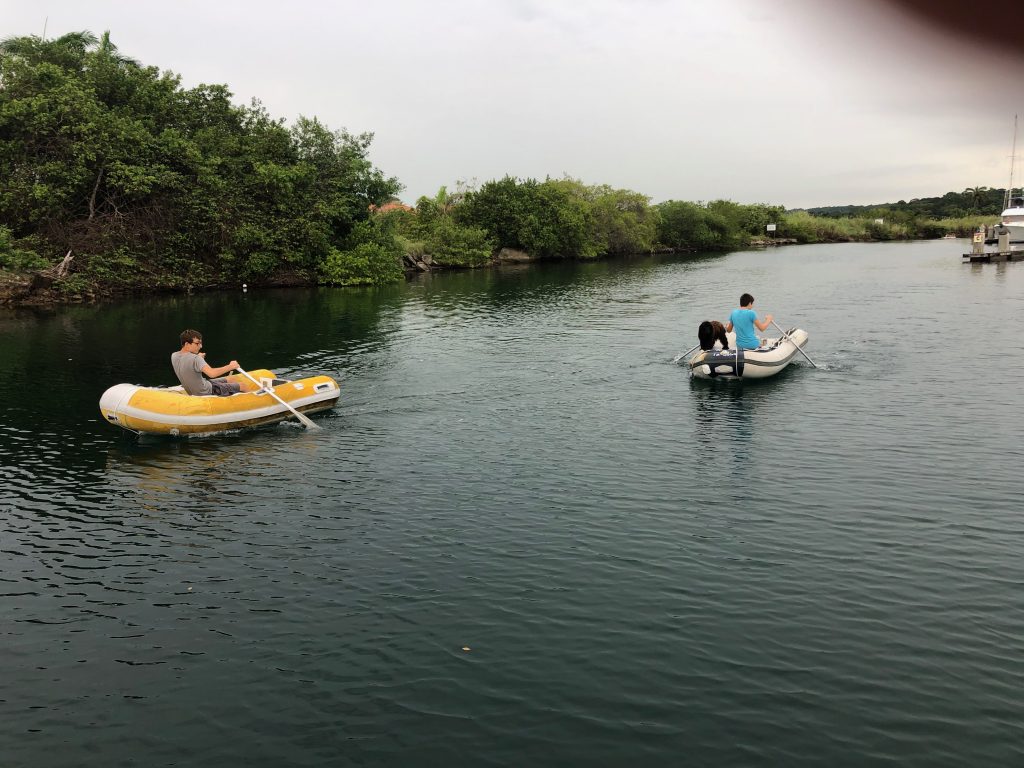
Sam and I took part in a high speed dinghy race. I had Jester the dog to weigh me down. That’s why I lost. Big sad.
Decision Time
We had some big decisions to make at this point. Do we go, do we stay? What to do? We did a lot of deliberating and eventually decided to leave. Along came 18th June 2020, the day of reckoning. We departed our berth in the evening and motored out into the boat graveyard, which also took a part time job as an anchoring field for the Panama Canal. Some of us rose early the next day, others eventually staggered out of their beds. I’m looking at you, Sam.
When I say early, I mean 3 o’clock in the morning early. We had to do this so we could transit the Panama Canal in one day. Most people seem to do it in two because that’s sensible, but not us. Sensibility is not a thing when it comes to us. Anyway, after just enough time to eat a healthy breakfast of cold pizza, our canal advisor arrived. I’m gonna say it, he wasn’t very useful. He was very tired right from the very beginning and just did nothing all day and then he left.
Crossing the canal is quite a complicated process. Due to the change in elevation they have a system of locks you have to cross. If you don’t know what a lock is I will quickly explain it to you. As you can’t sail up hill in a boat, you need a way to increase your verticality. Locks achieve this remarkably well. You drive your boat into a box with a big door at one end and another big door at the other, the big doors behind you close and the box starts to fill with water. When the water level in the box reaches the water level of the next body of water the big doors in front open and let you out. The Panama Canal has six locks (three on each side) to get you from the Atlantic waters up into Gatun Lake and back down into Pacific waters.
As straight away as was possible, we anchored in the Las Brisas anchorage and went to bed. Whilst in the anchorage we ordered a new dingy because our last one decided to completely delaminate in the marina. This wasn’t too much of a problem. The major problem was actually getting the 15 horsepower outboard off of Fat Susan and onto the new dinghy. Can you guess how long it took? You there, in the back. Hours you say. Nope, guess again. No-one? Three days.
It took three days to hoik the engine off the boat. Apparently, during our three month stay in the marina, the screws used to hold it on had either rusted or stuck themselves shut. I don’t know which and I don’t want to ask my dad because he gets a bit annoyed when anyone mentions it to him.
We then set sail for the Las Perlas Islands. After a rather exciting passage containing a lot of rain and some minor lightning strikes we arrived in a set of beautiful islands, and promptly jumped in and scrubbed the hull for four hours. Yay!
July – A whole month at sea!
We then started our Pacific Ocean crossing towards French Polynesia. I’m not going to go into any great detail about the crossing because a lot of stuff happened. If you want more detail there is a set of five videos on our Growing A Pair Youtube channel. Another thing to bear in mind is that this is my summary of events.
The first week was the worst part…
It didn’t honestly start very well. The first week was spent in the armpit of Panama, beating into the current, wind and waves. On one particular day when the wind died the current took us and we travelled 11 miles the wrong way, towards the only island until the Galapagos. Fun fun fun.
Also the engine conked out not that long into the passage. At the start we didn’t know what could be wrong with it. It turned out to be paint flakes in the diesel that would be sucked up and then block the fuel intake. Father spent a lot of time with his head in the engine emptying and cleaning the fuel lines. It only started to run properly when we completely emptied the fuel out of the tank and completely cleaned it in Nuku Hiva.
If you have ever been on an offshore sailing passage before then you will know that the first few days are the hardest of them all, especially in rough weather.
Then it got better….
Eventually, we reached the Galapagos island of Isla Darwin. It is the northernmost island in the Galapagos. We arrived at the same time as SV Bacchus, who we left the Perlas Islands with, even though we sailed different ways when setting off. After a very enjoyable morning eating pancakes and drifting around the island of Darwin, we set off to two degrees north to find a favourable current.
From then on it was mostly smooth sailing. The waves, wind and current were all with us and we were travelling at quite a speed. Sometimes we hit ten knots through the water. Vroom vroom.
Pacific checklist
- James Bond films wached; 14
- Engines broken; 1
- Times thrown up; 0
- Video games completed; 1 (Terraria)
- Bread baked; we have no flour
- Pastas eaten; many
- Fish caught; several
- Fish landed; none
August 2020 – Land ho! Arriving in French Polynesia
There was a lot more stuff that went on during the month long crossing to French Polynesia, but according to mother this is a summary and not an in depth review of my month long imprisonment in Susan across a big bit of water.
On the first of August, the day of reckoning arrived. The real test. Could the engine survive long enough to get us into the bay in Nuku Hiva and anchored? Our friends in the bay waited with bated breath as we rounded the headland into Taiohae Bay. All signs were nominal. All seemed to be running smoothly. But suddenly, a cough, a splutter… and the engine died. My dad and I leapt into action. Three minutes later the engine struggled back to life. We whacked the revs up and sped away from the incoming rock wall that we were rapidly drifting into. By this time we had the help of two of our friends in dinghies attached to the front of the boat who were helping take the strain off the engine.
Eventually we had the anchor down and started to settle in. But there’s no rest for the weary because we straight away got swamped by a bunch of people in boats saying hello and bringing us drinks and alcohol.
September and October 2020 – Exploring the Archipelagos of French Polynesia
We spent some time in Taiohae Bay before sailing out to do an island circuit of Nuku Hiva. Our friends on Due South and Saphira accompanied us around was well. After our island tour, we went back to Taiohae to stock up on food for the passage down to the Tuamotos archipelago.
The Tuamotos are a rather large island chain made up entirely of atolls. If you haven’t taken geography in school then you probably don’t know what an atoll is and I’m not going to tell you either. Hahahahahaha, thicko. Anyway, we spent two months bumming around. Swimming and diving with sharks and all the lovely things you house dwellers think we do all the time, before heading back up to Nuku Hiva for the New Year.
November and December 2020- Christmas and diving fun in French Polynesia
The last two months of 2020 were spent up in Taiohae in Nuku Hiva, fixing the boat, going for walks and diving. We had decided to sail back to the Marquesas Islands as they have good weather during the cyclone season. The main event of December was Christmas day diving with friends, wearing Santa hats, in British level visibility. We then spent the rest of Christmas Day onboard a friend’s boat, enjoying good food and company . Mainly though, at the end of the year, we just chilled out and caught up on school.
So, 2020 then……
For most people in the world, the year of 2020 has not been the best year ever. Being locked in your houses, not being able to go anywhere or see anyone. But, for some of the boaties it wasn’t too bad. Yes, we were very restricted in where we could go and what we could do. If C***D hadn’t happened we would probably be back in England now. We would have shot through French Polynesia and gone straight on to New Zealand. So in some ways it was a good thing for us. We have got to see so much more than we would have in a normal year.
This was my personal sailing and travel summary of the hellish coronavirus global pandemic year of 2020. Thank you for actually putting up with my poor writing skills for this long, good bye.
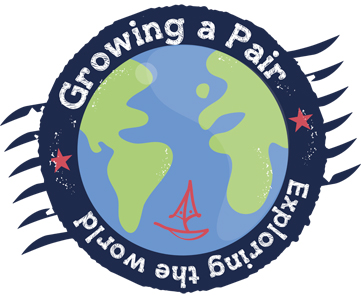
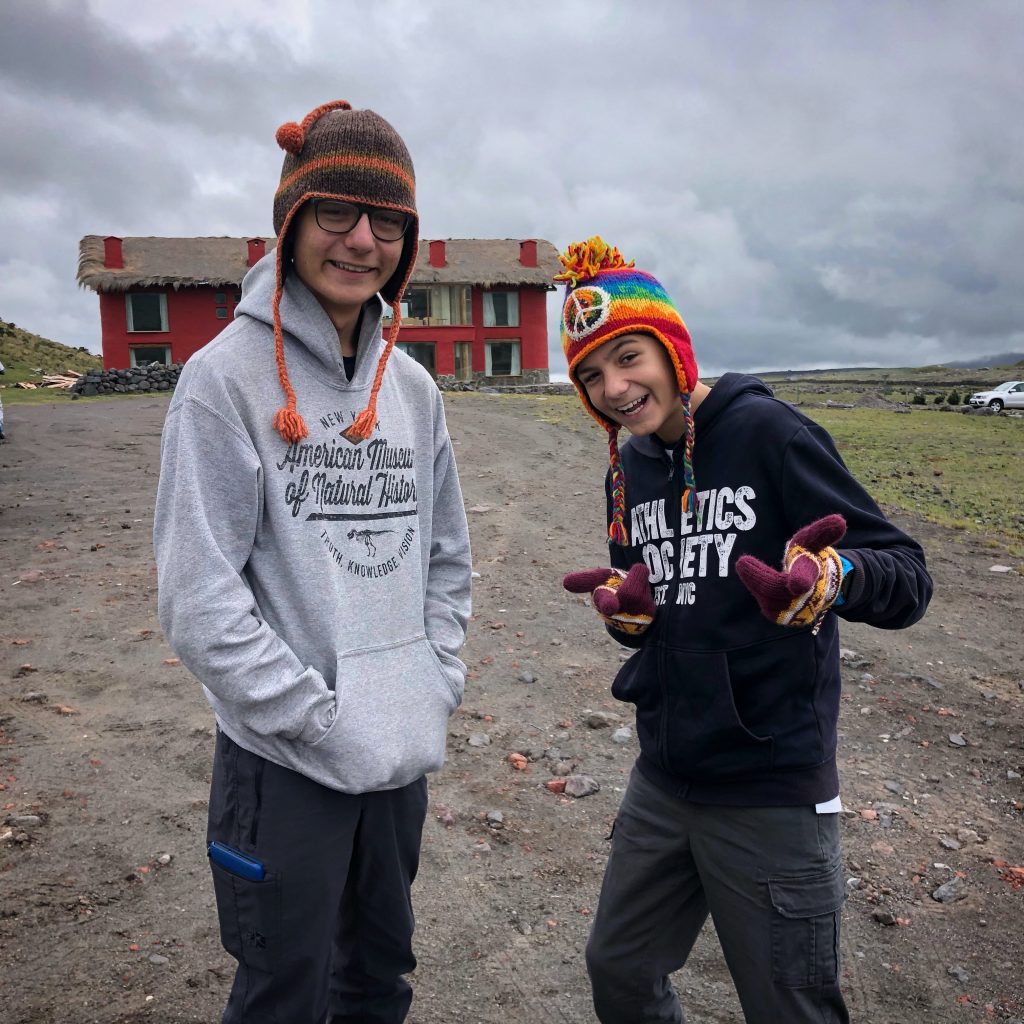
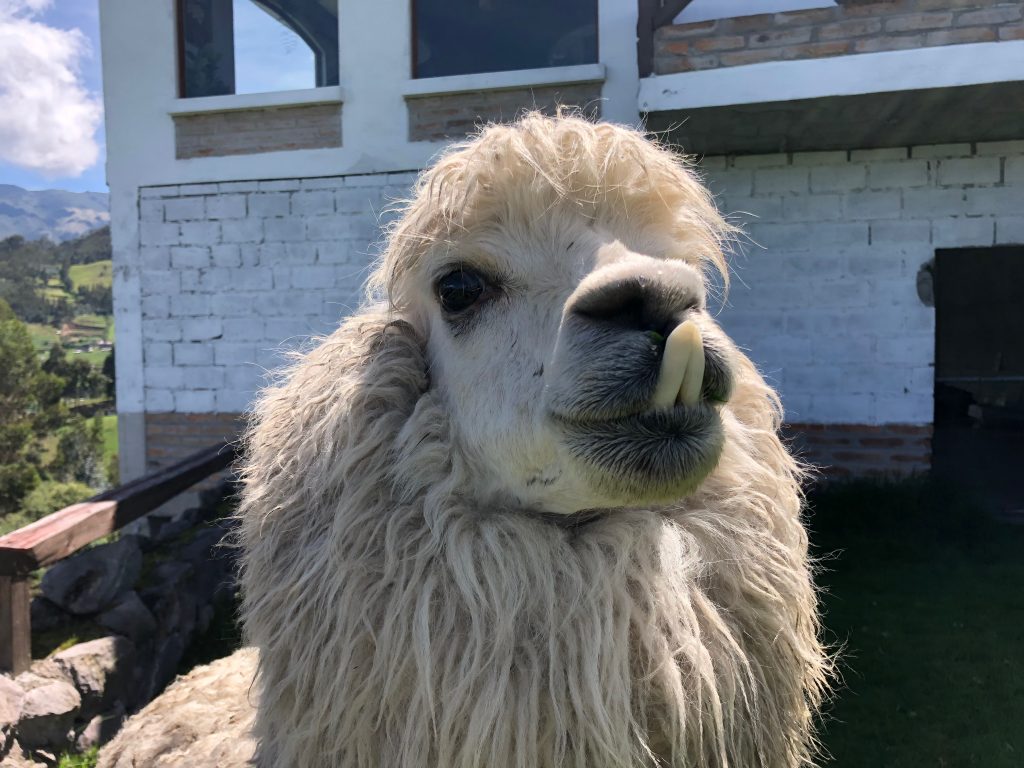
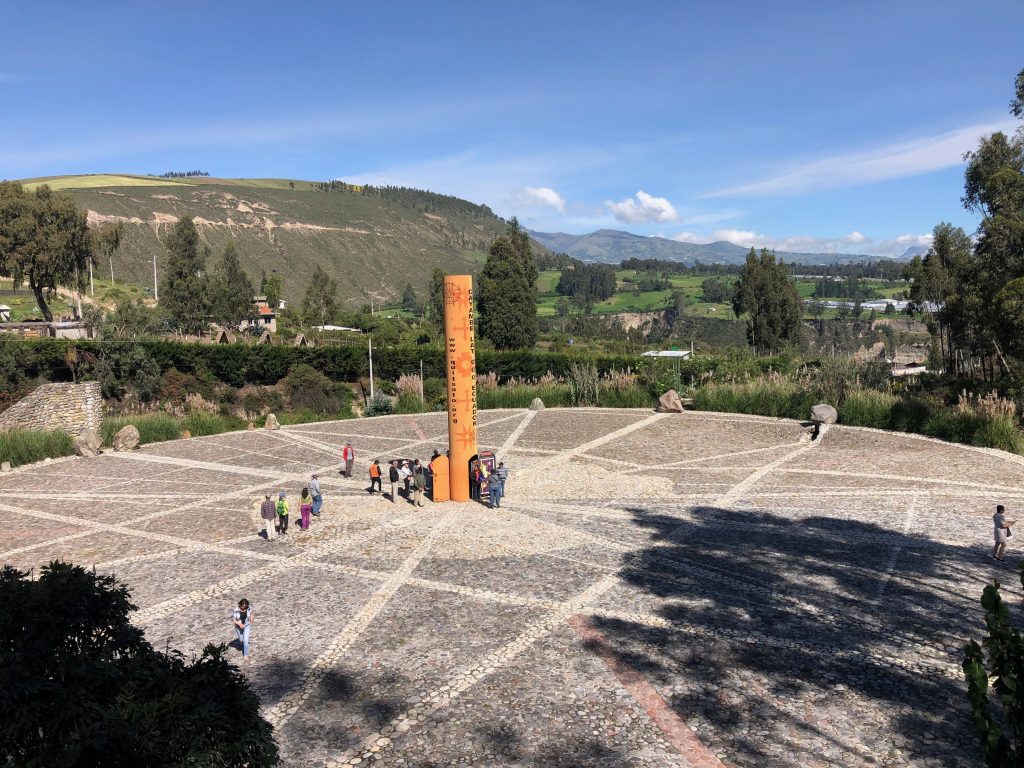
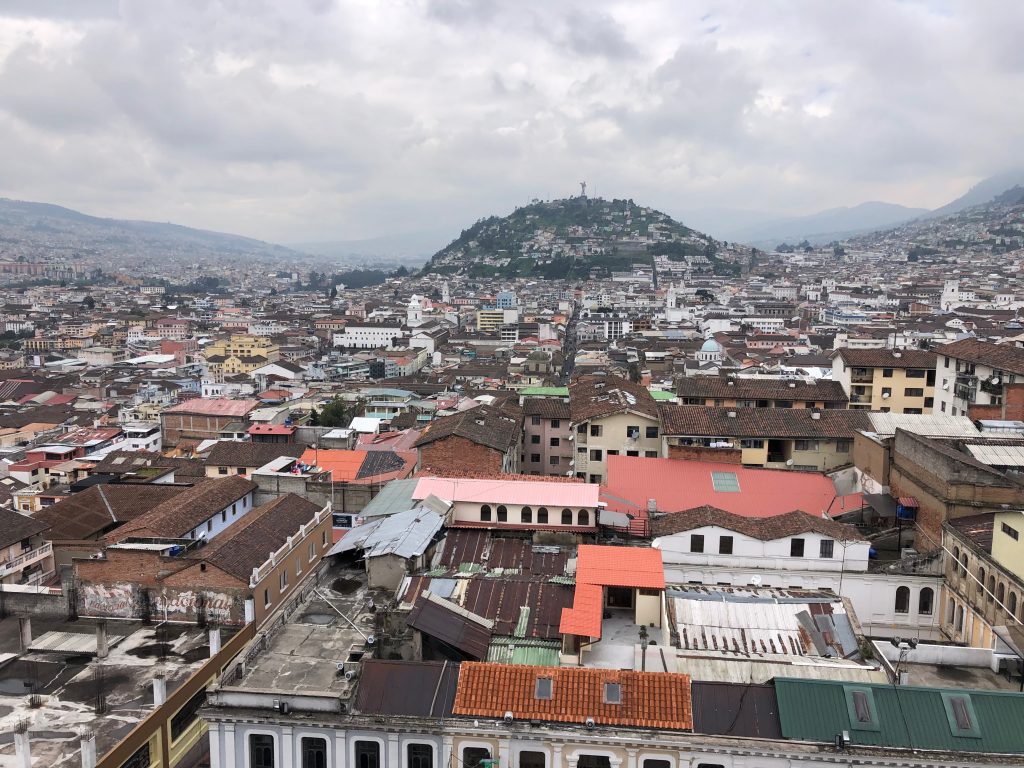
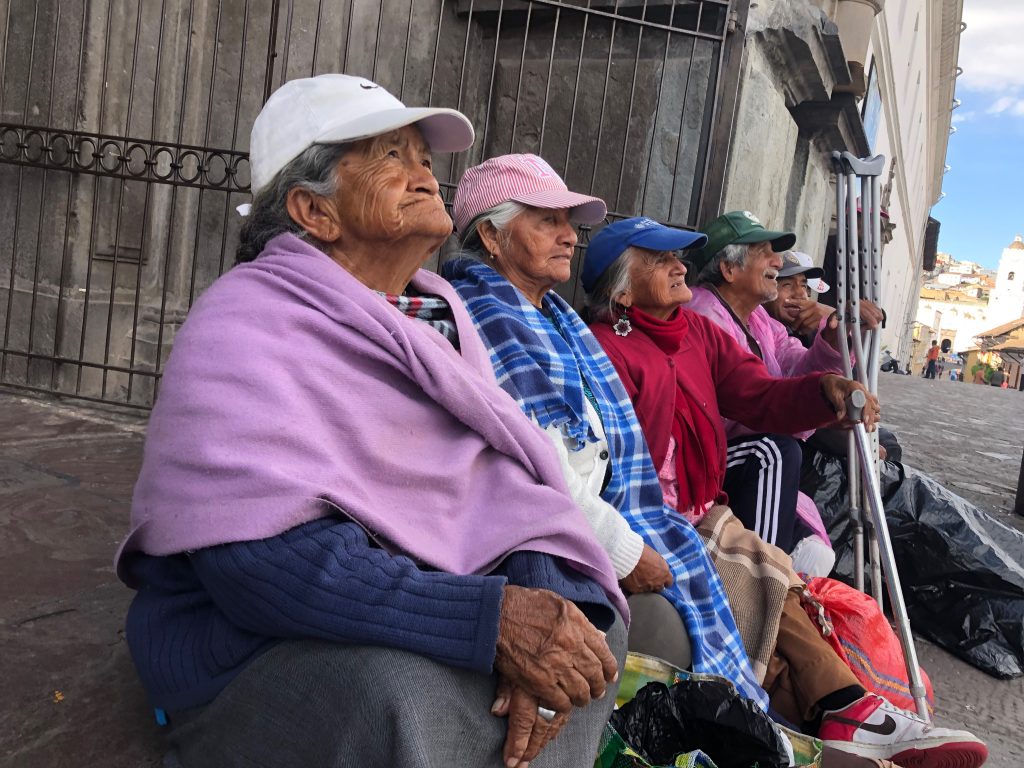
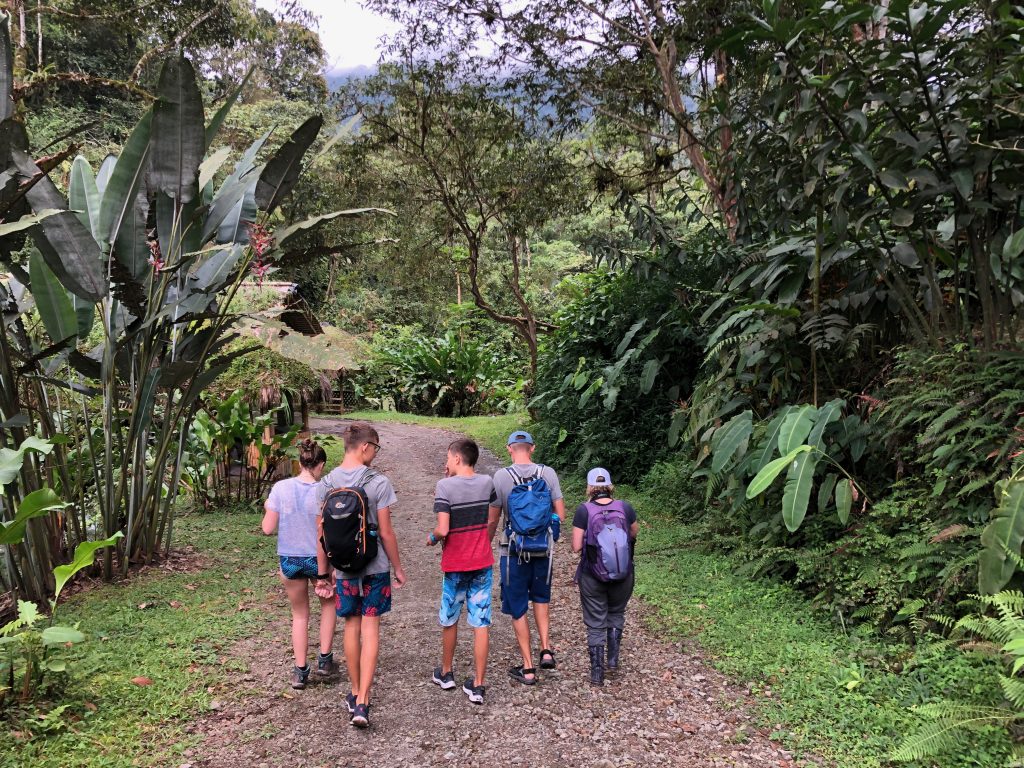
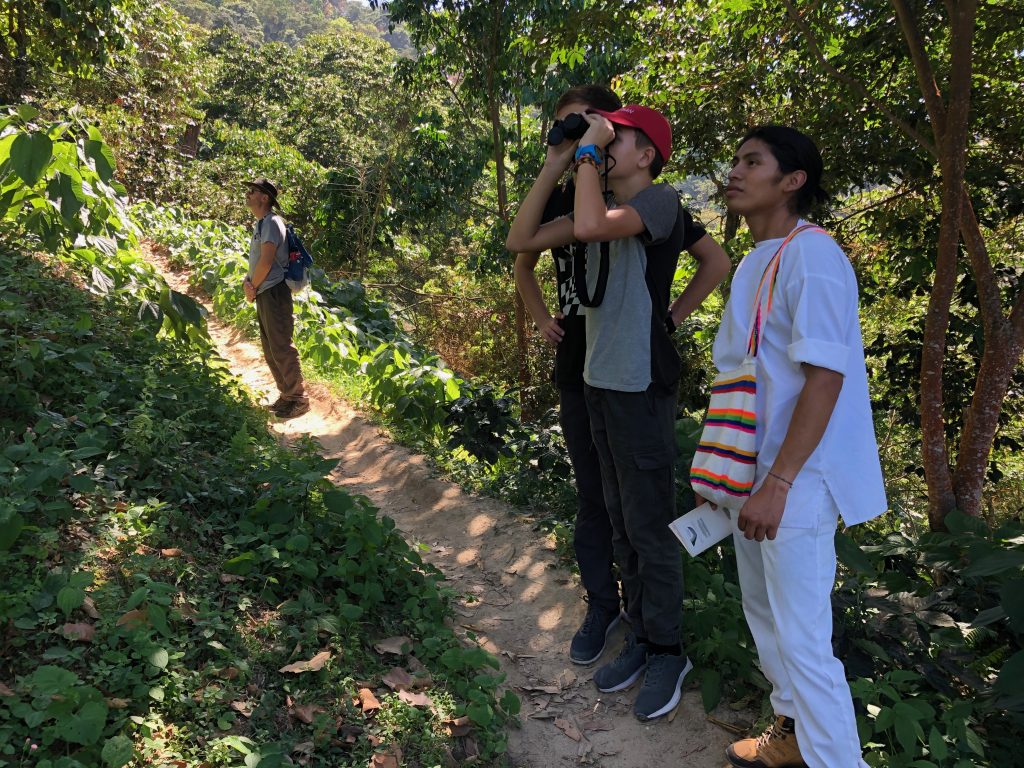
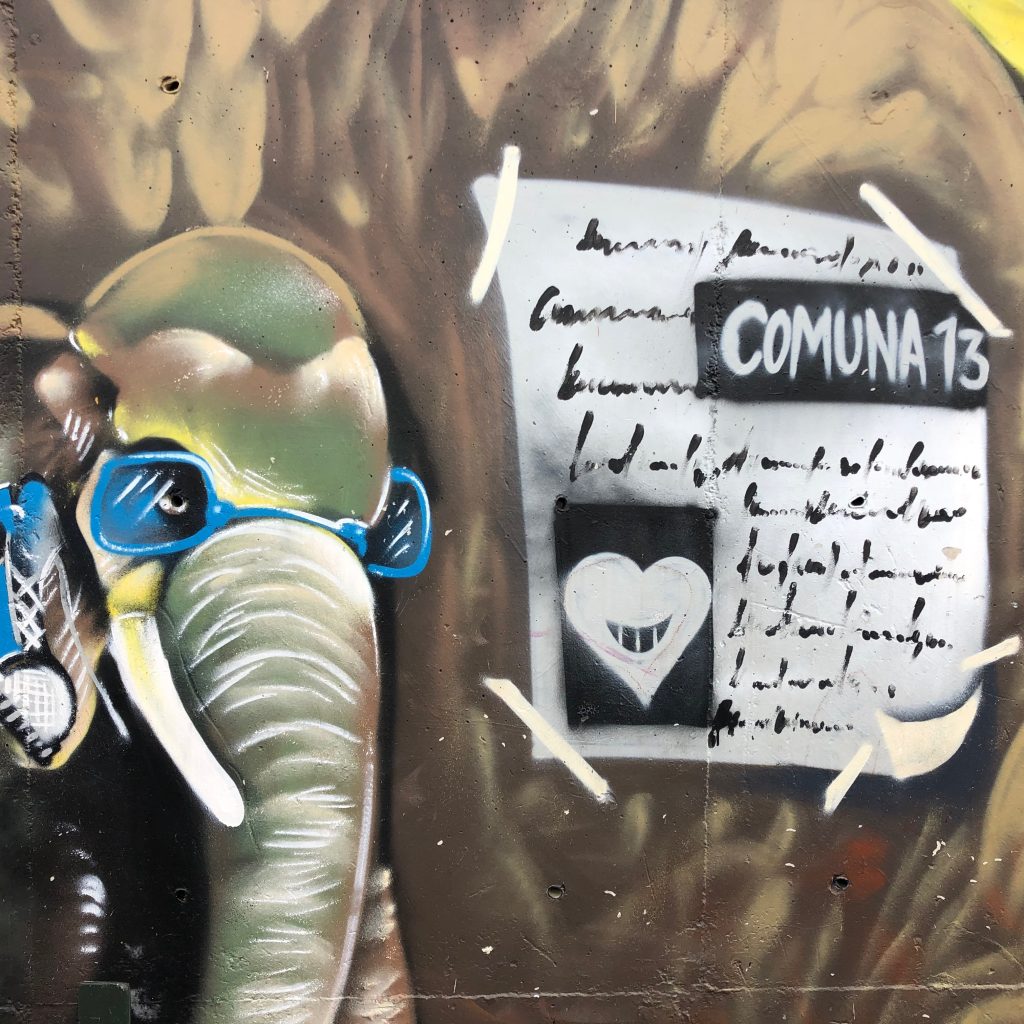
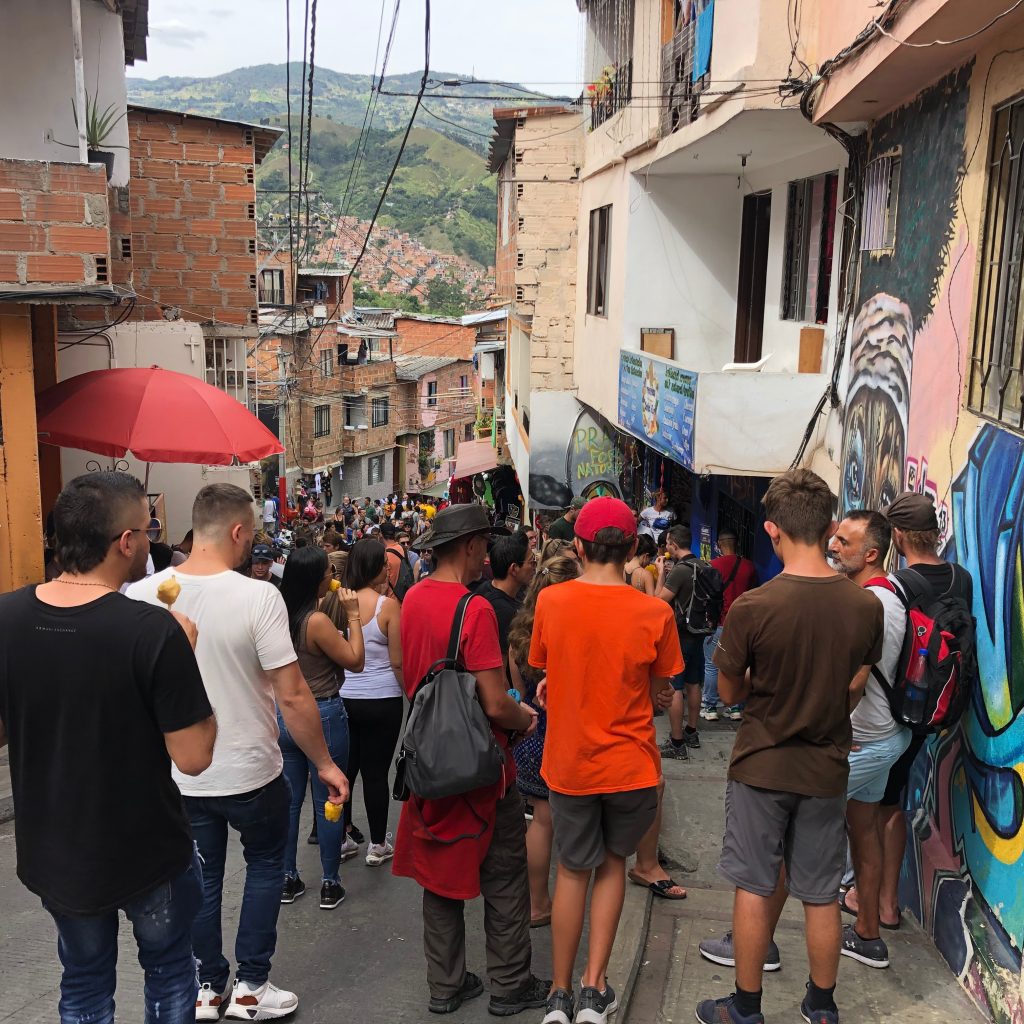
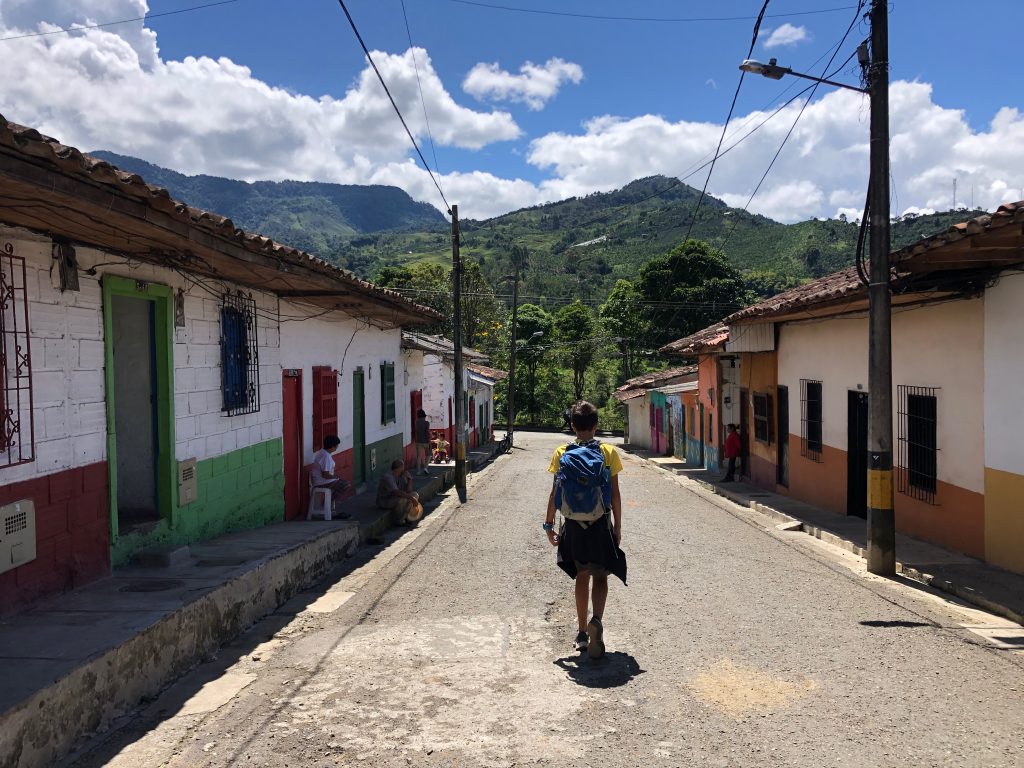
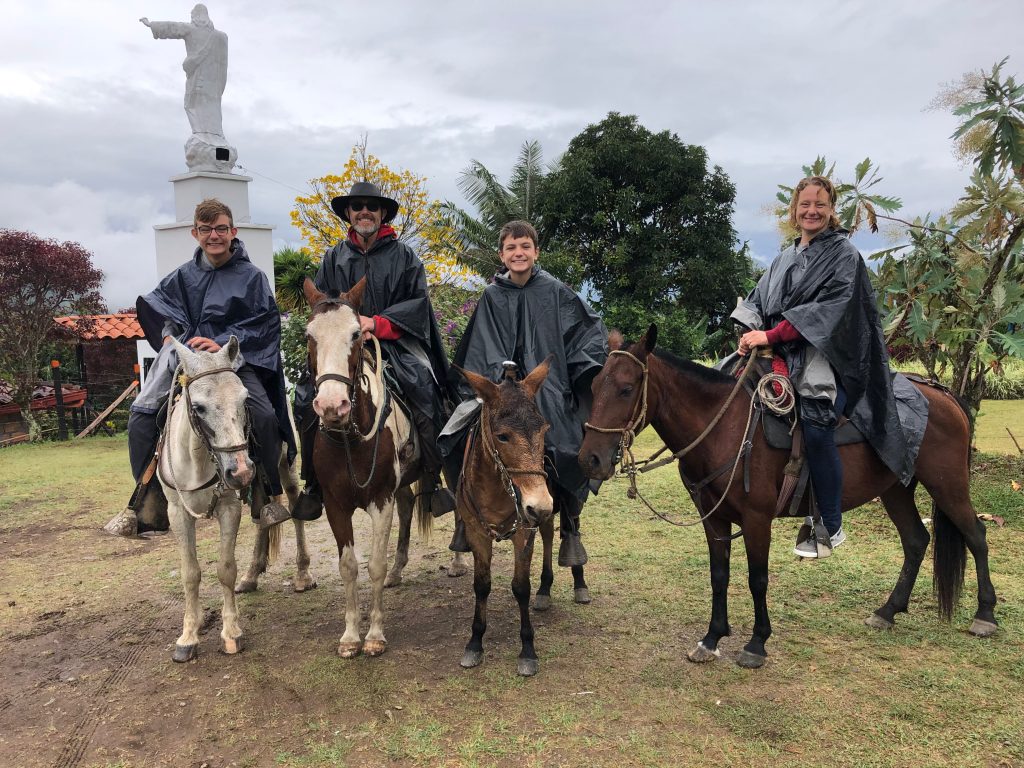
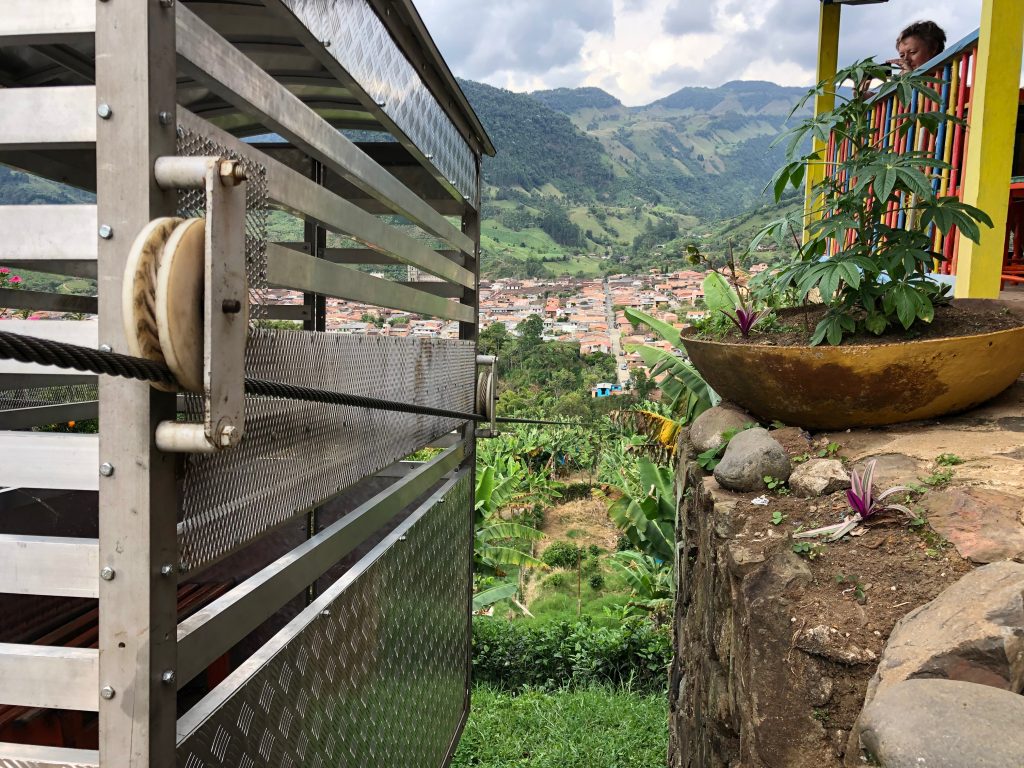
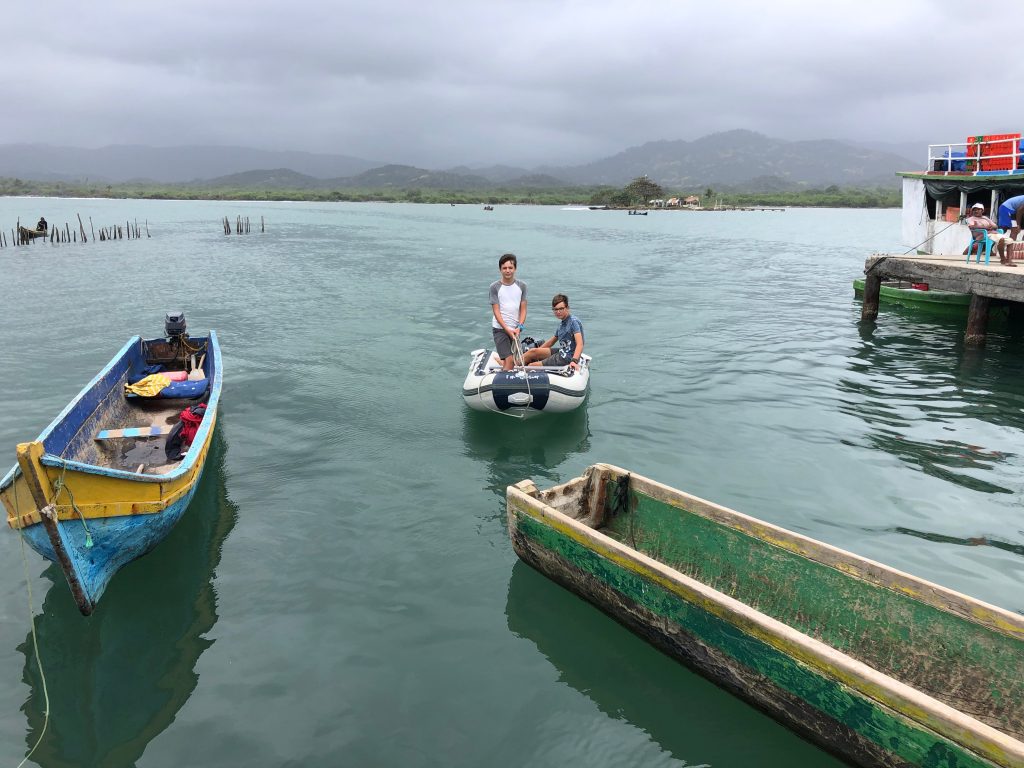
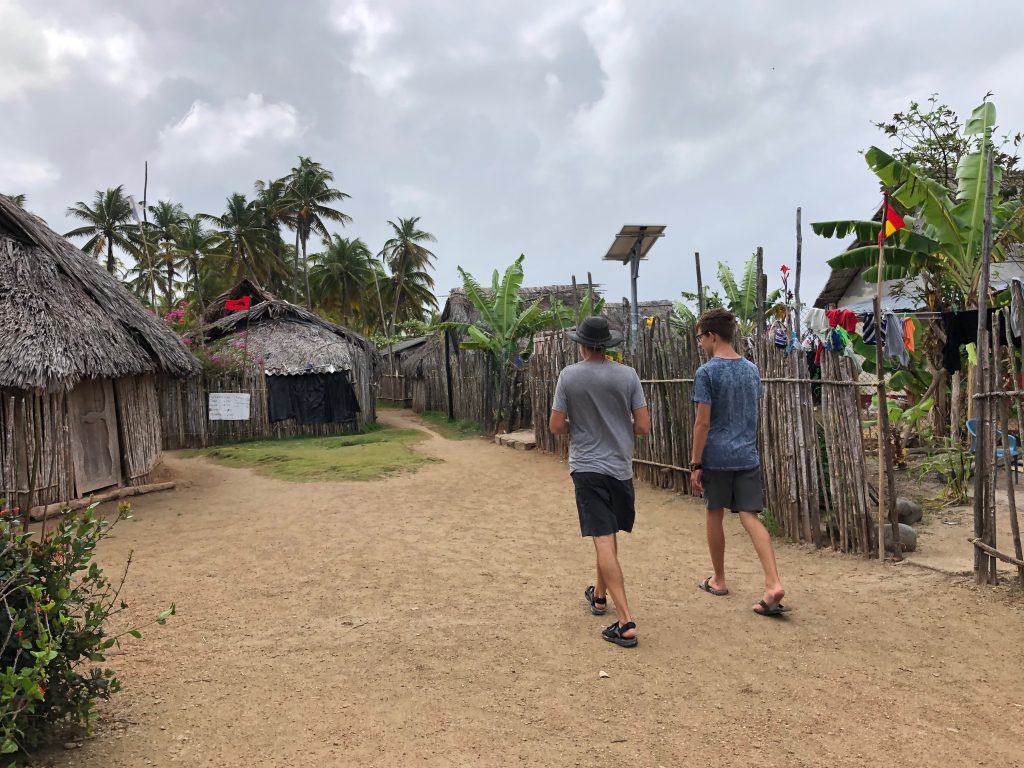
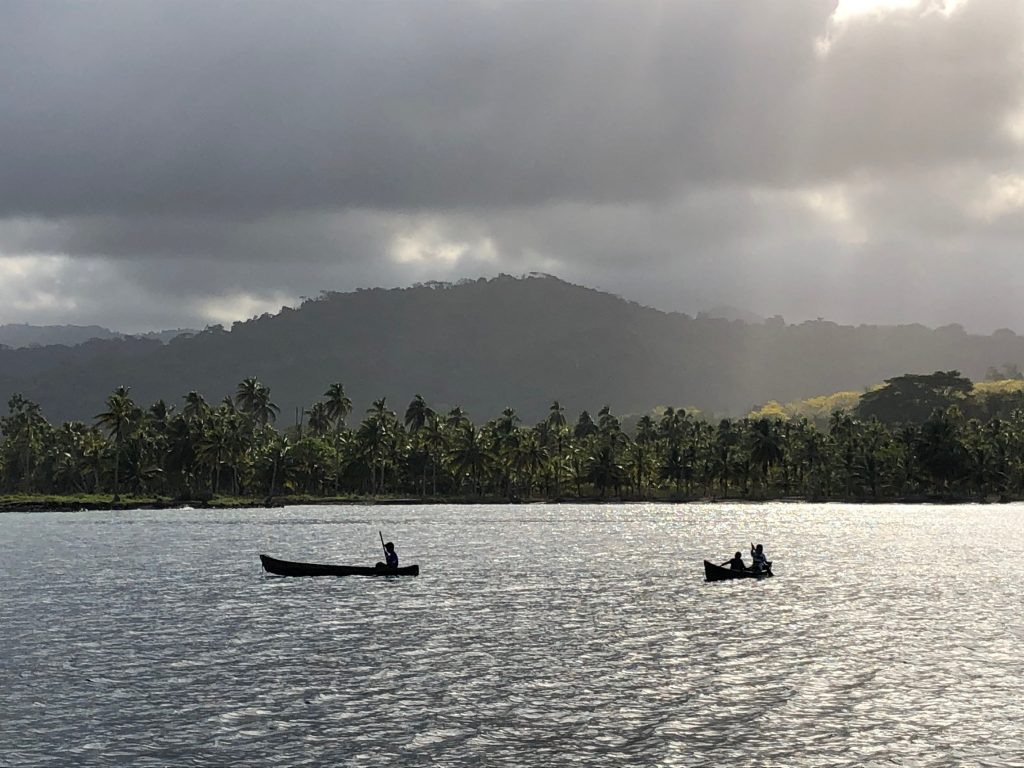
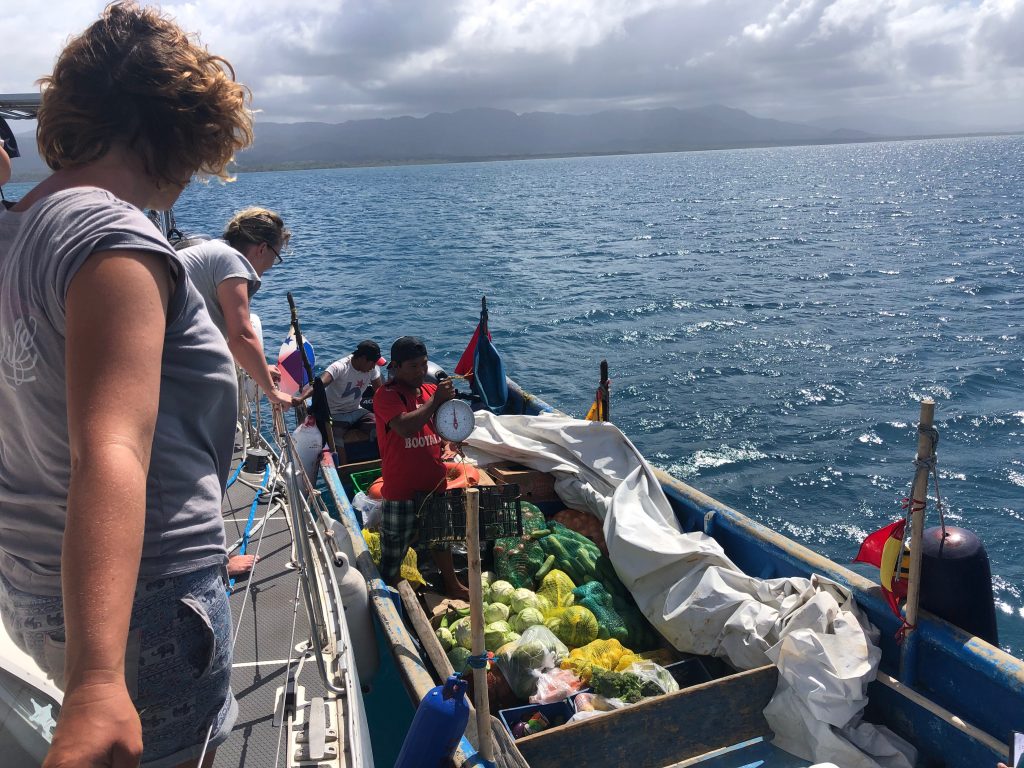
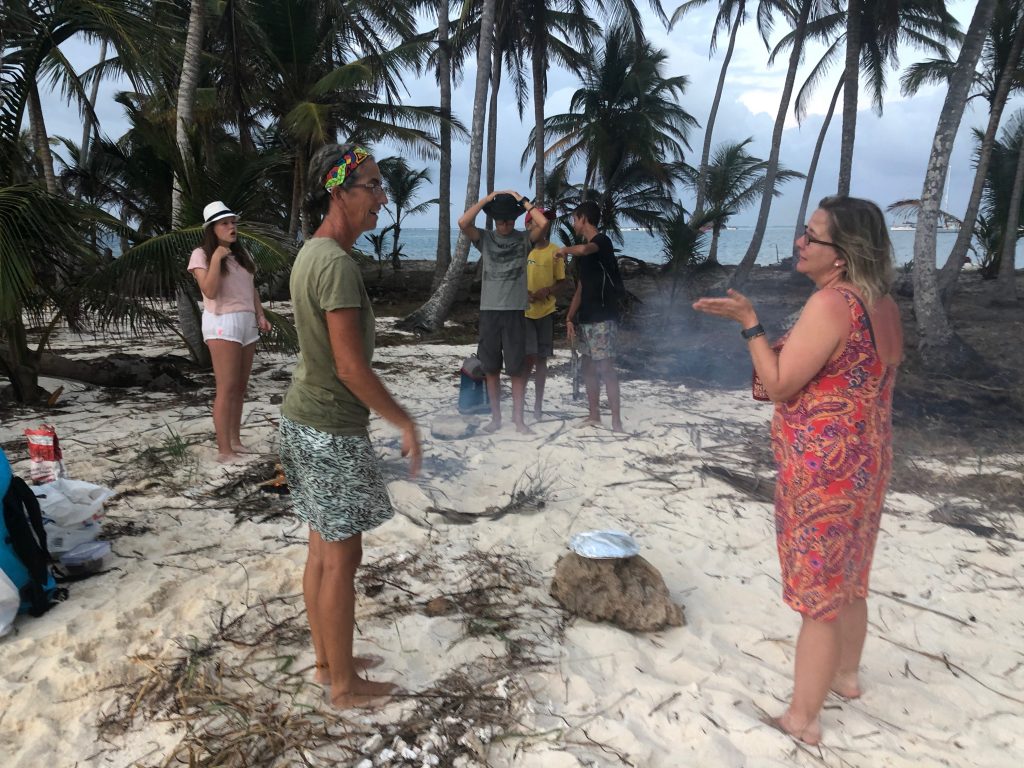
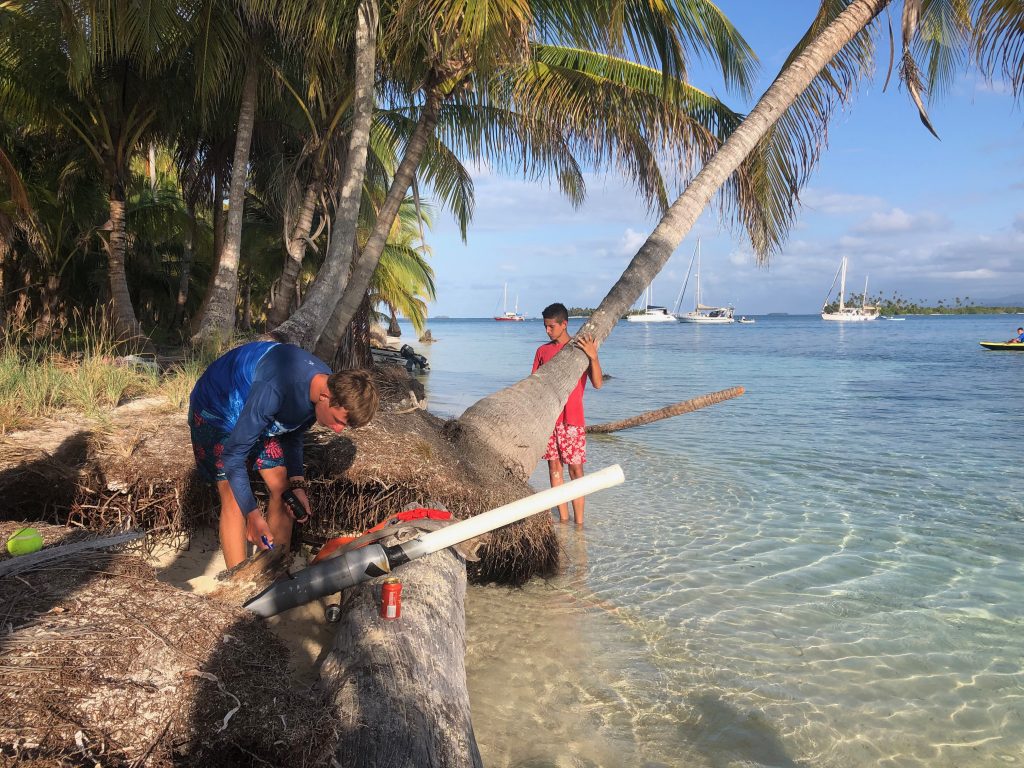
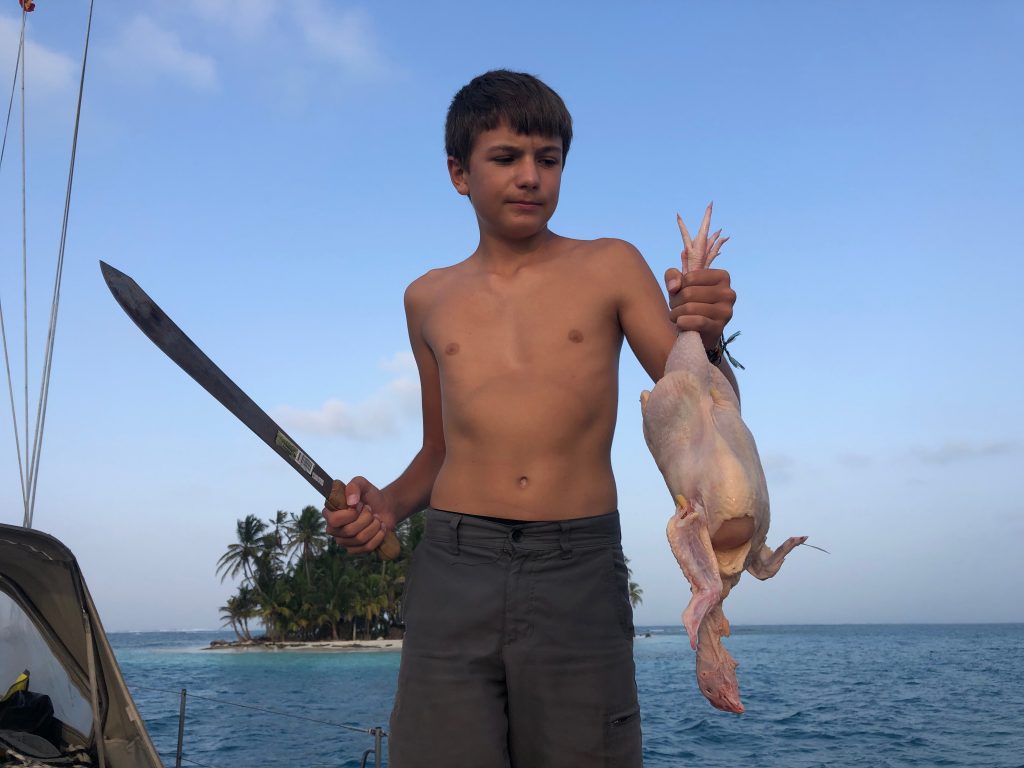
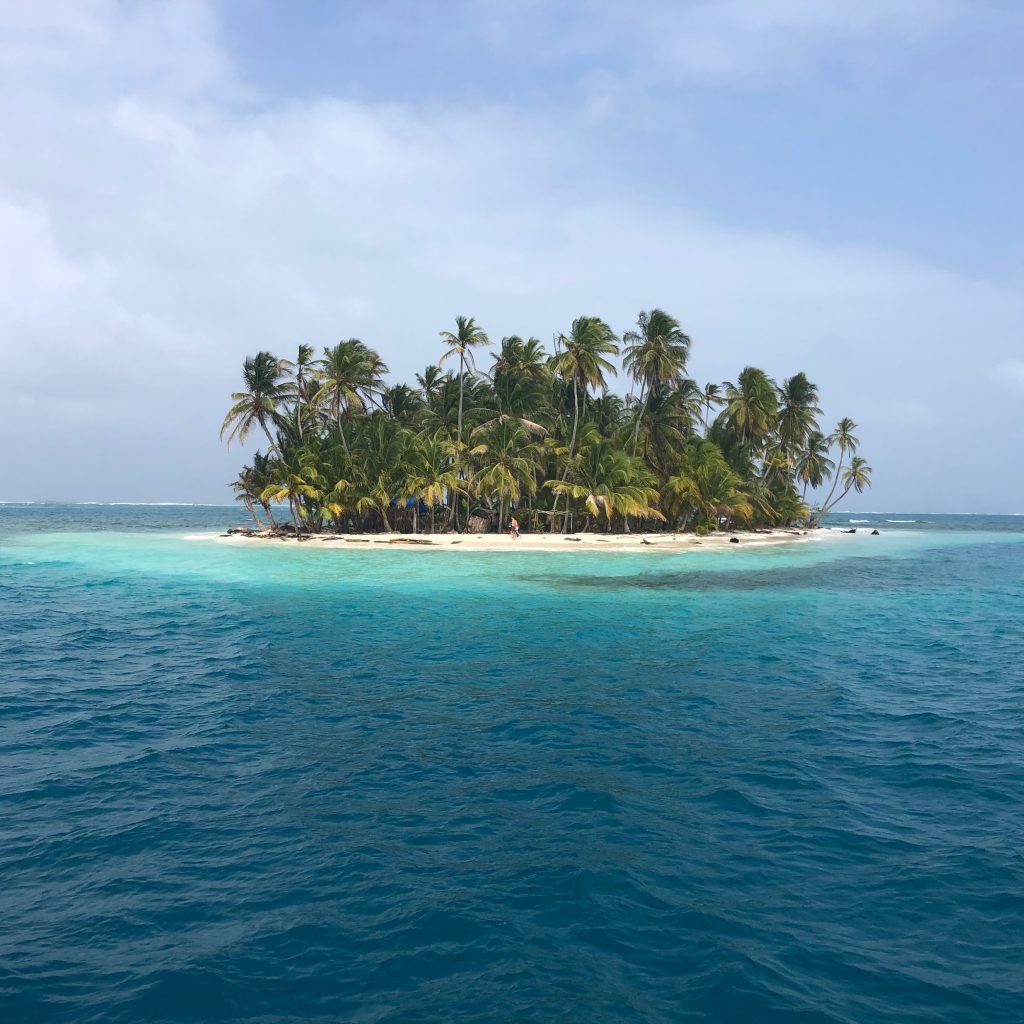
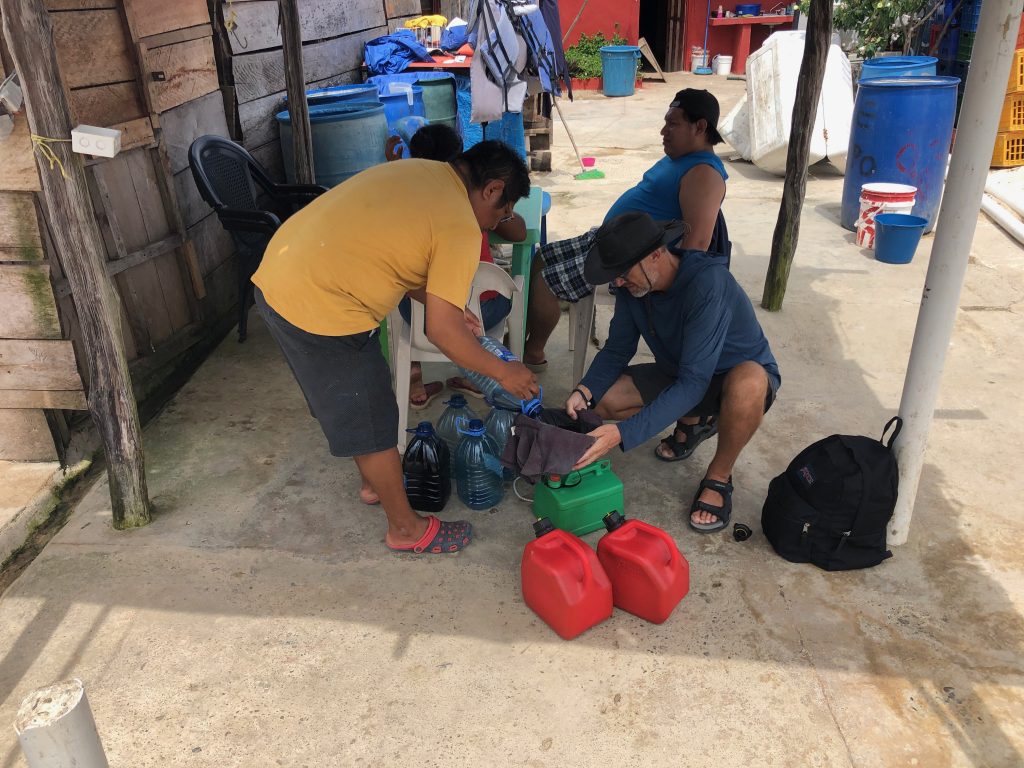
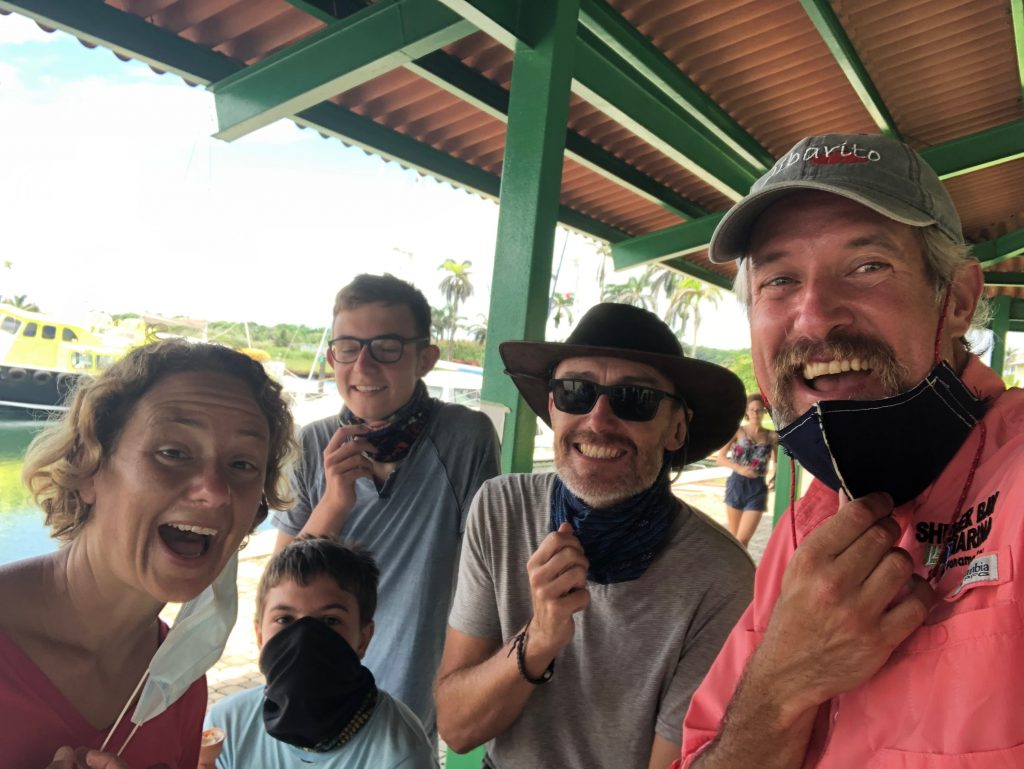
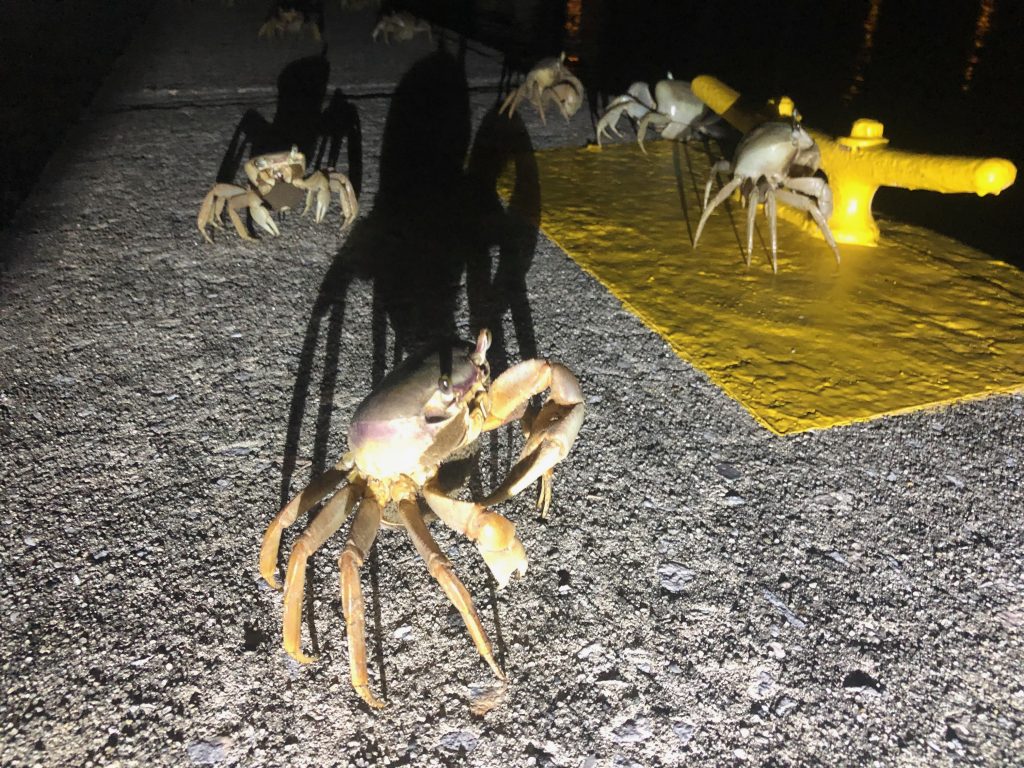
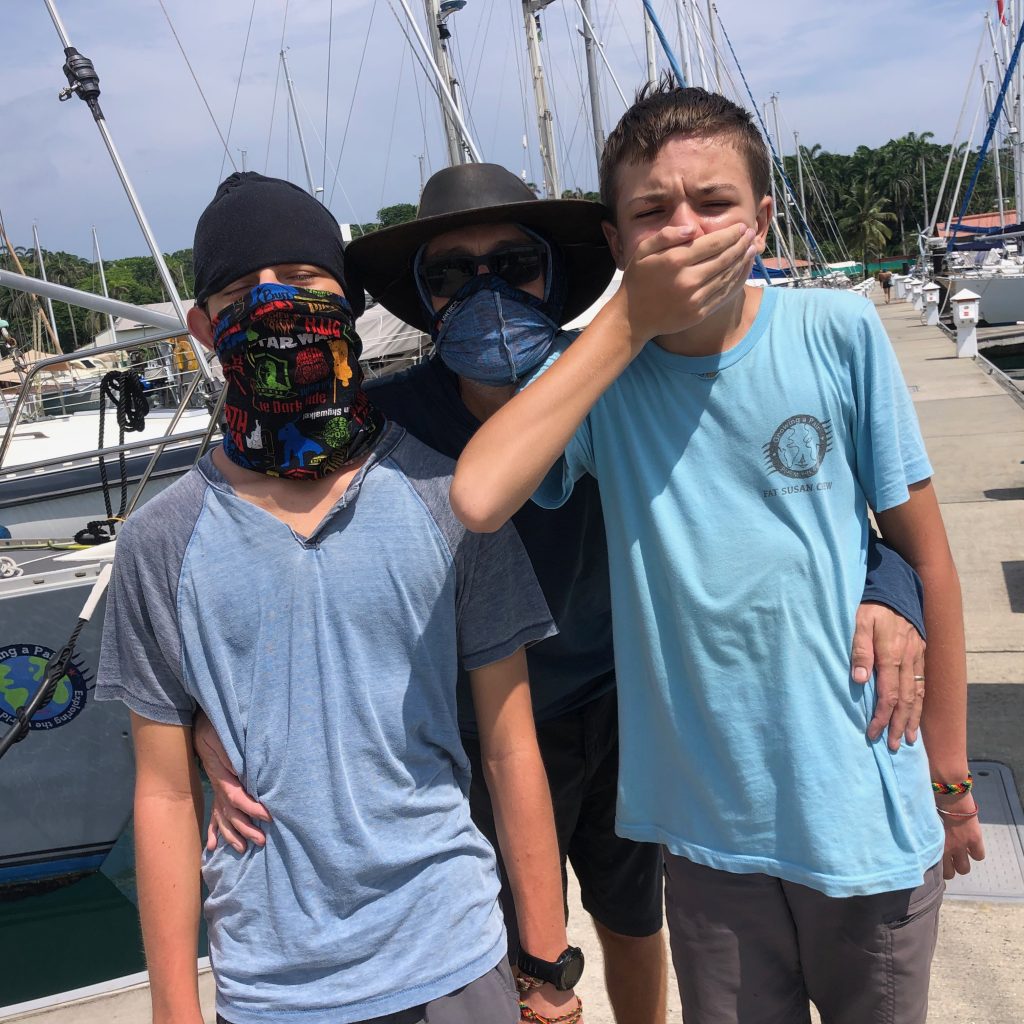
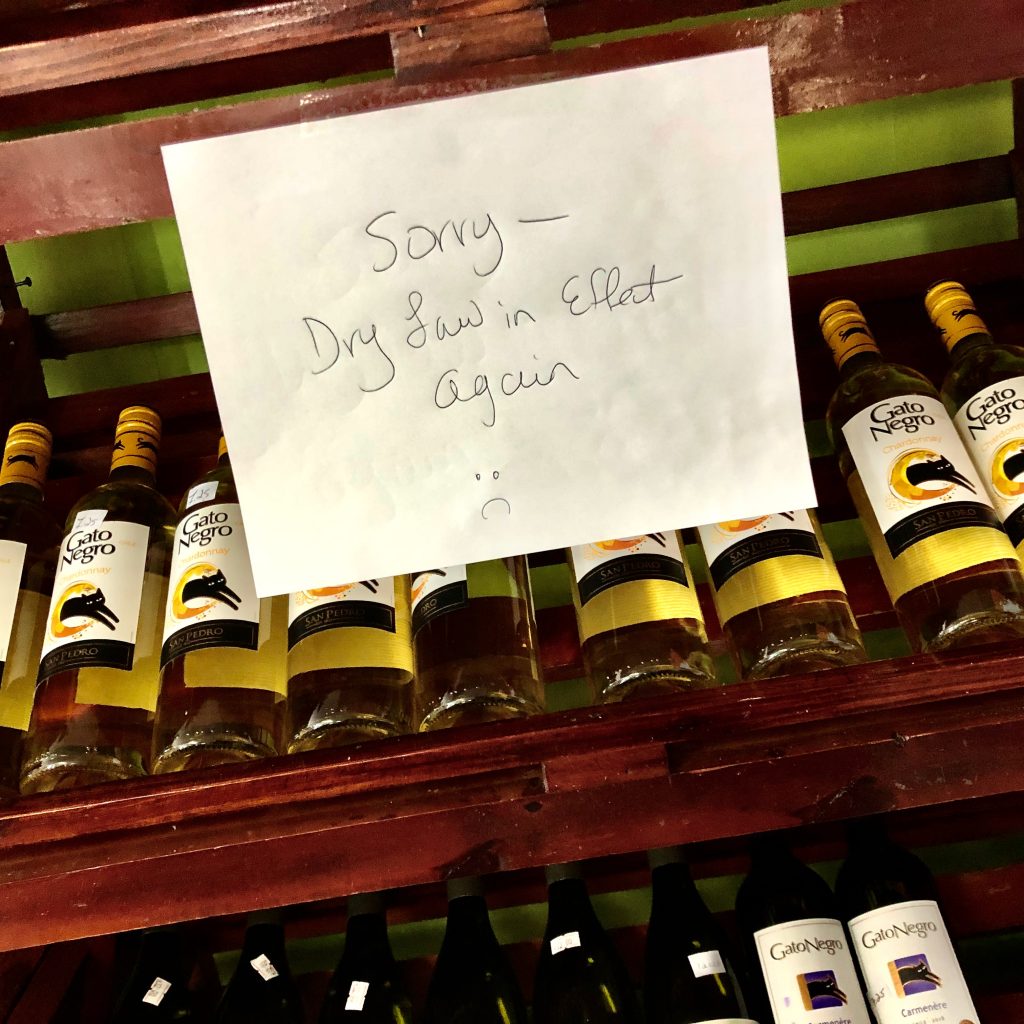
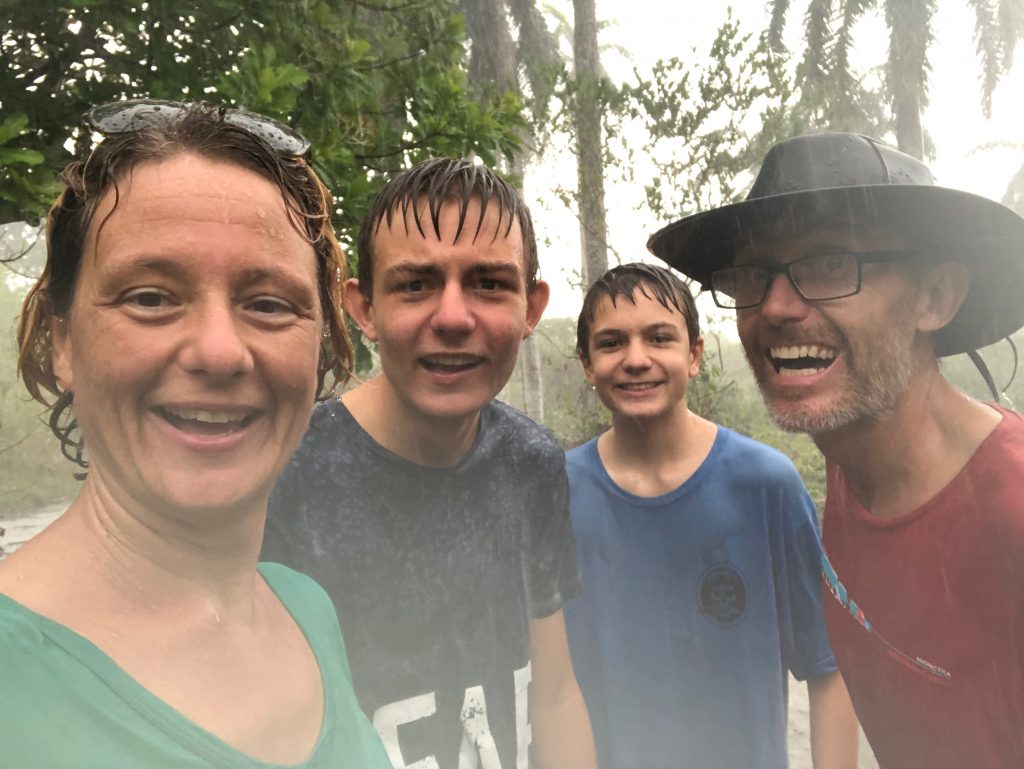
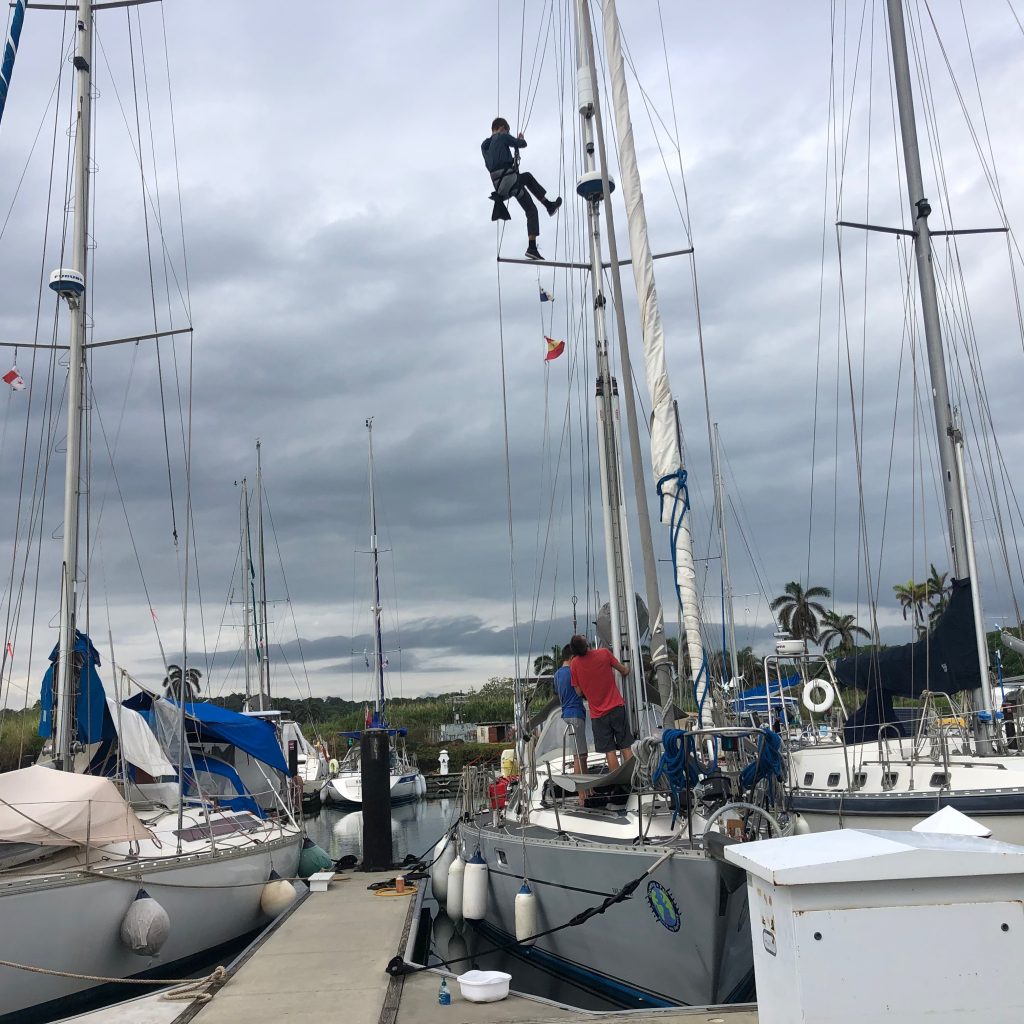
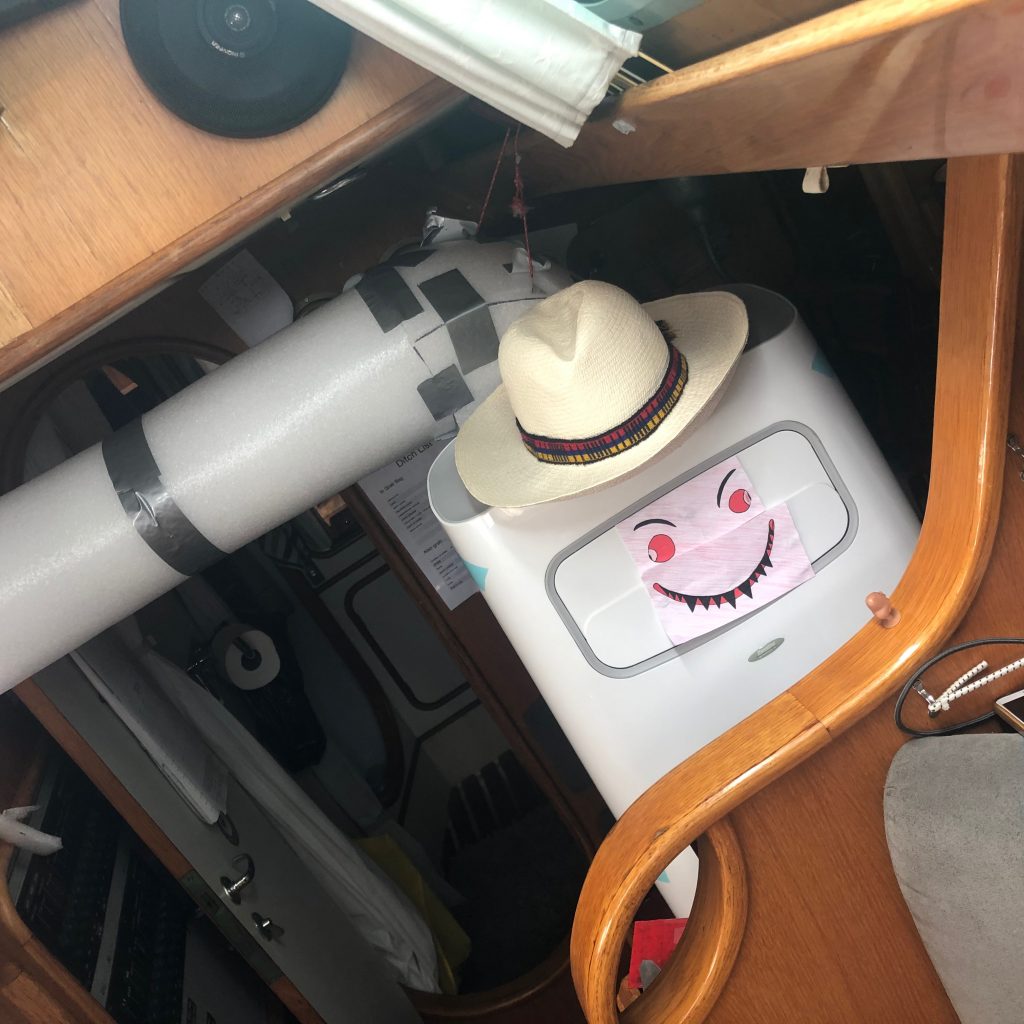
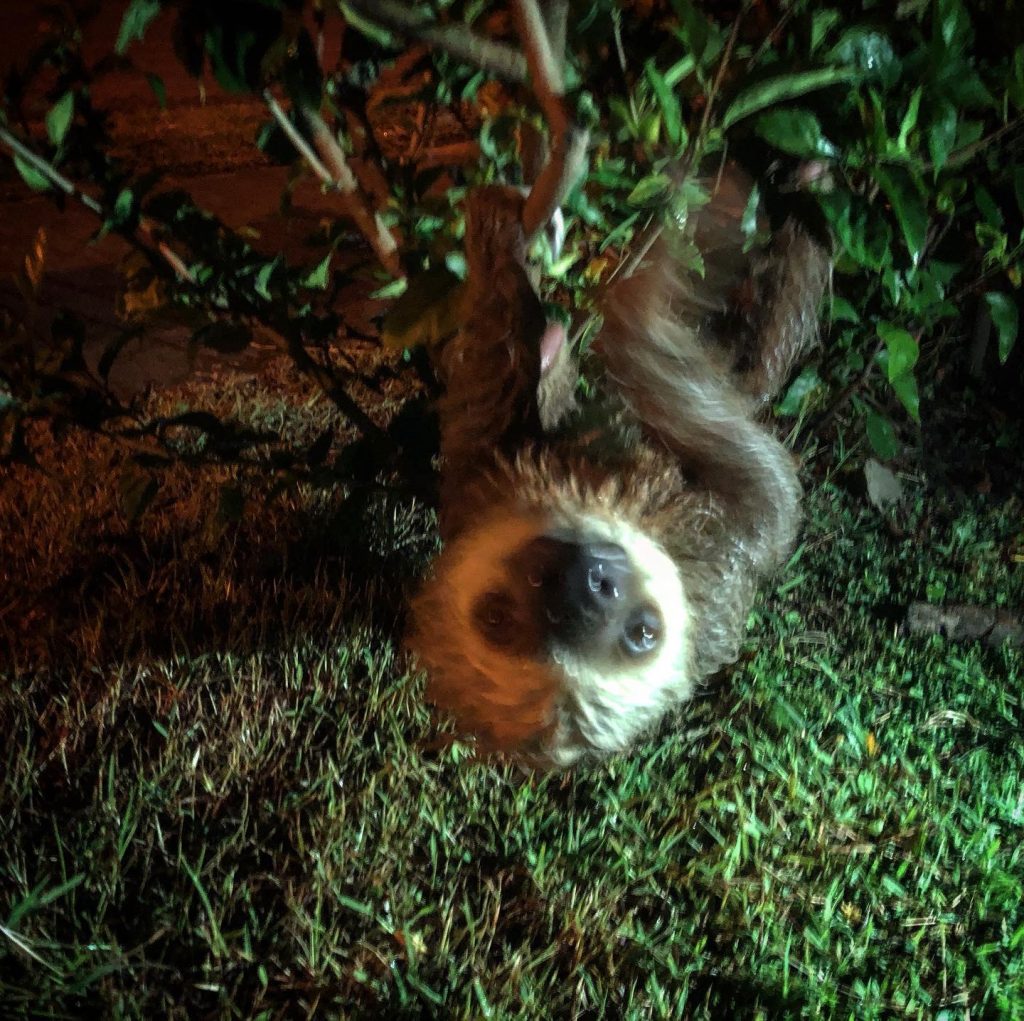
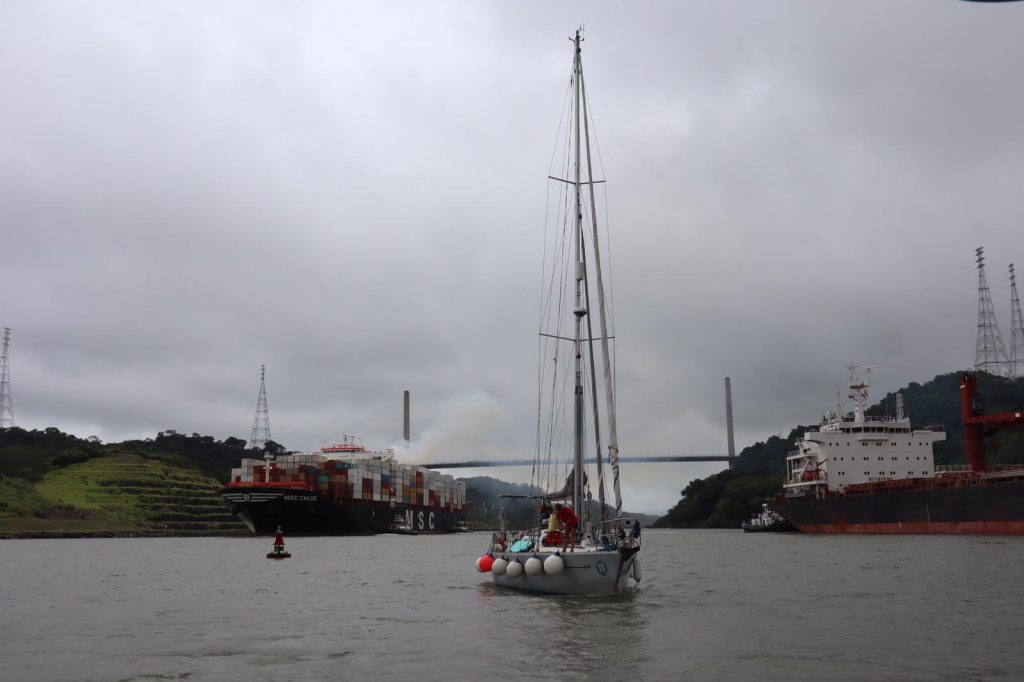
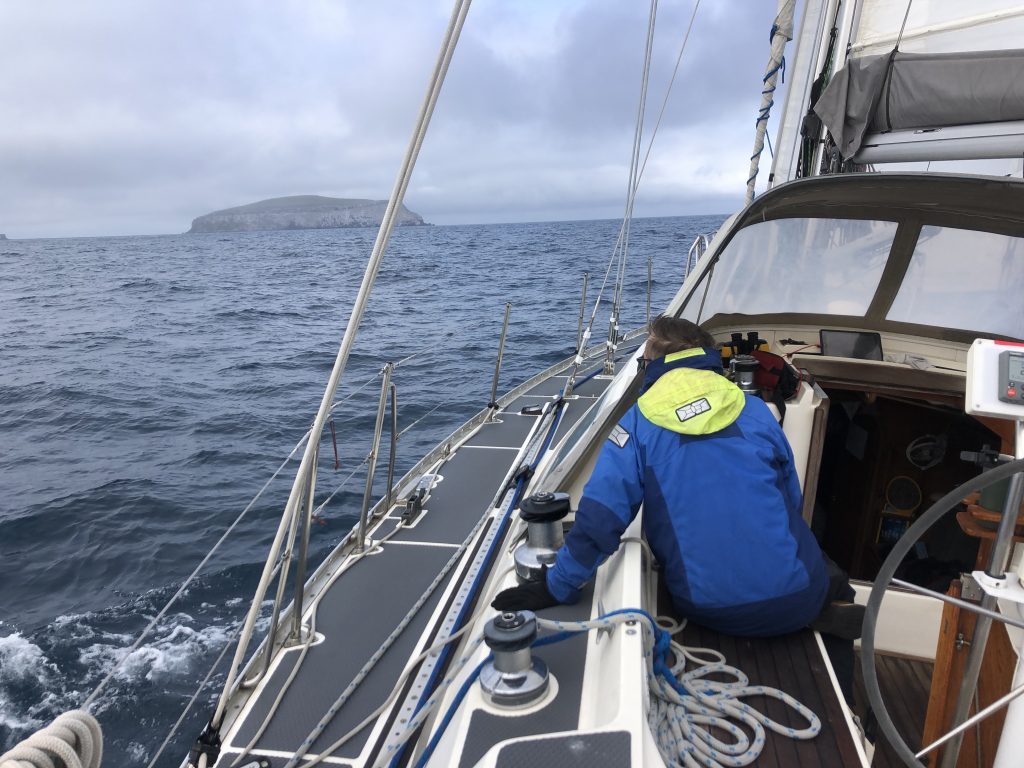
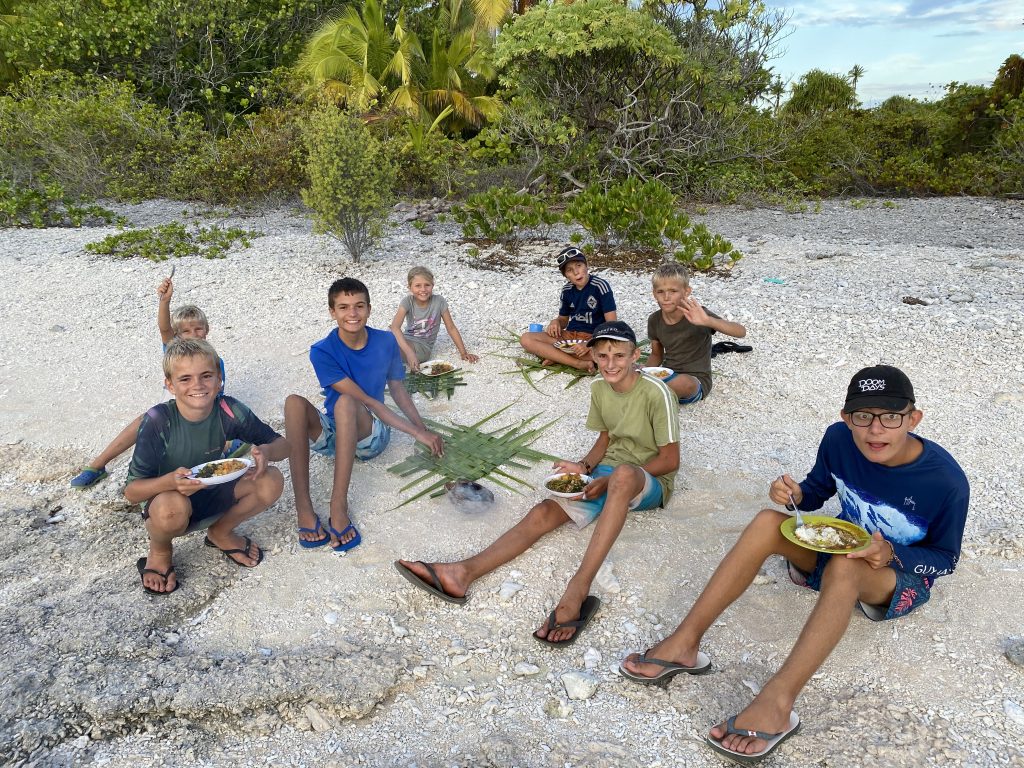
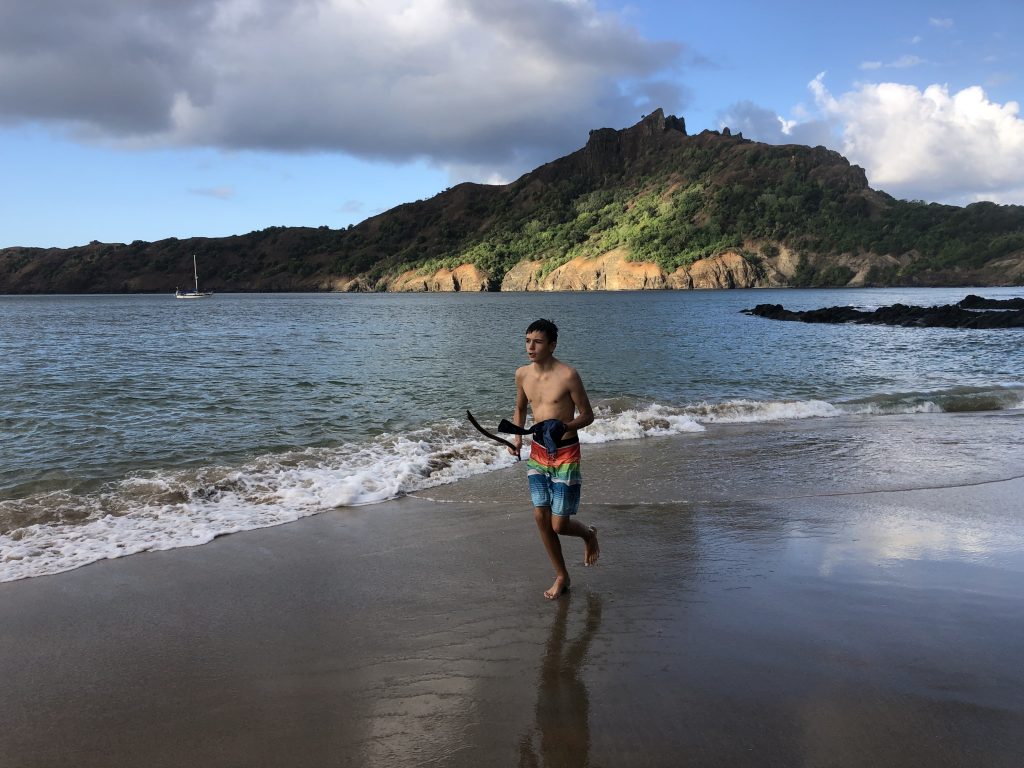
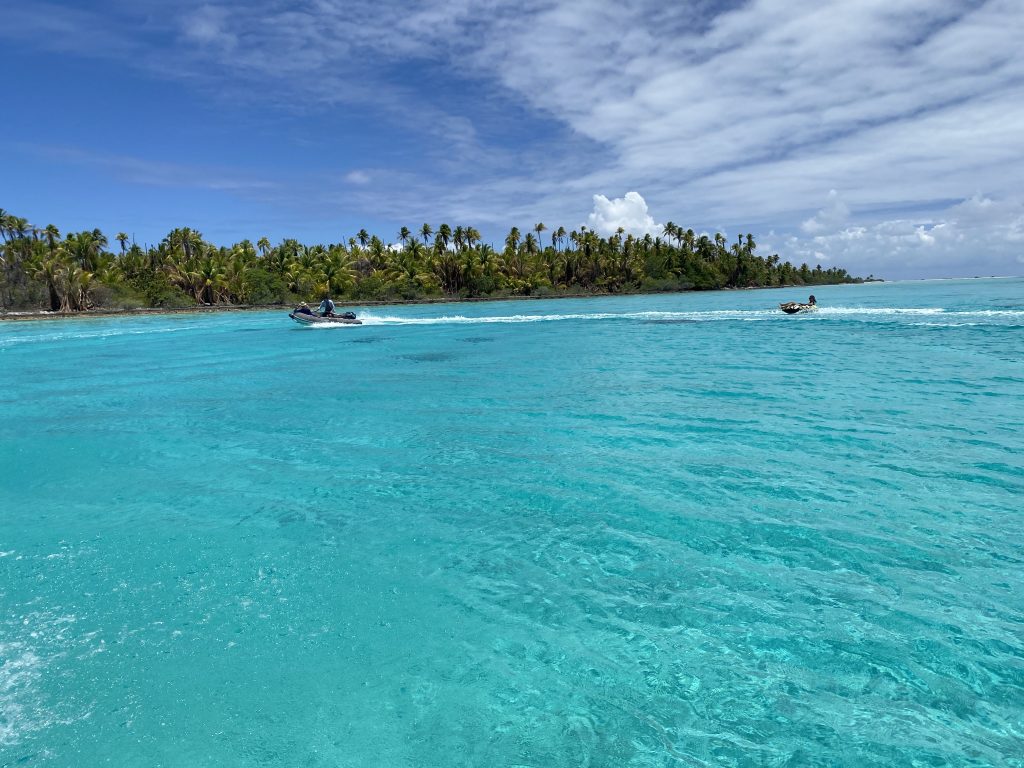
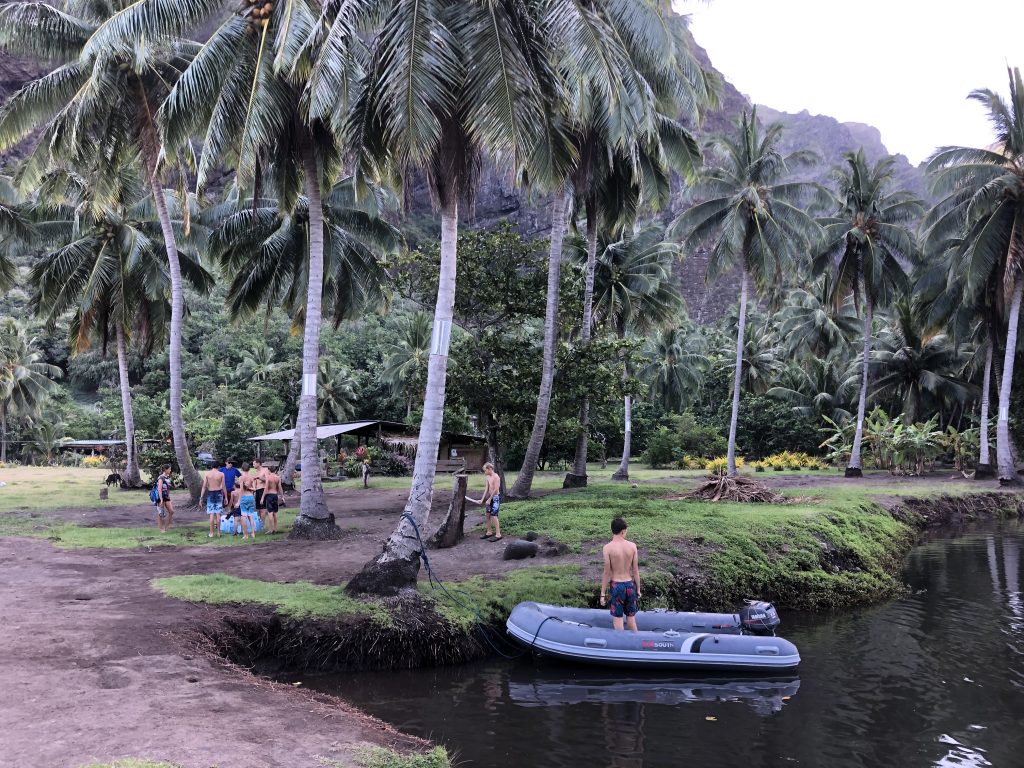
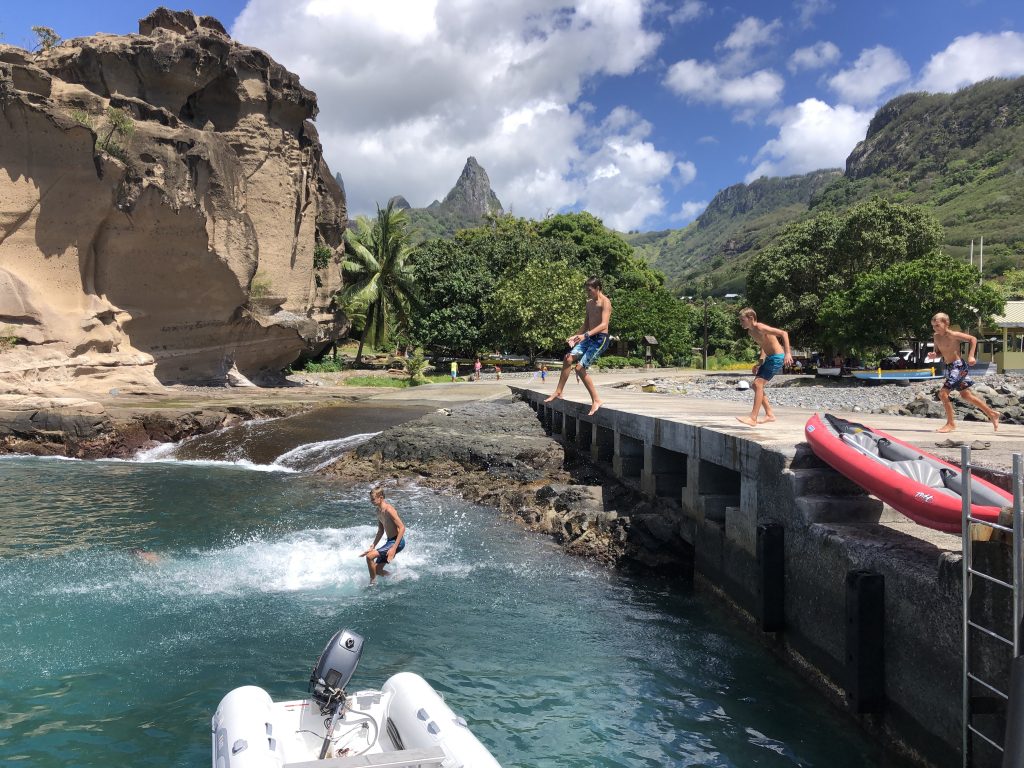
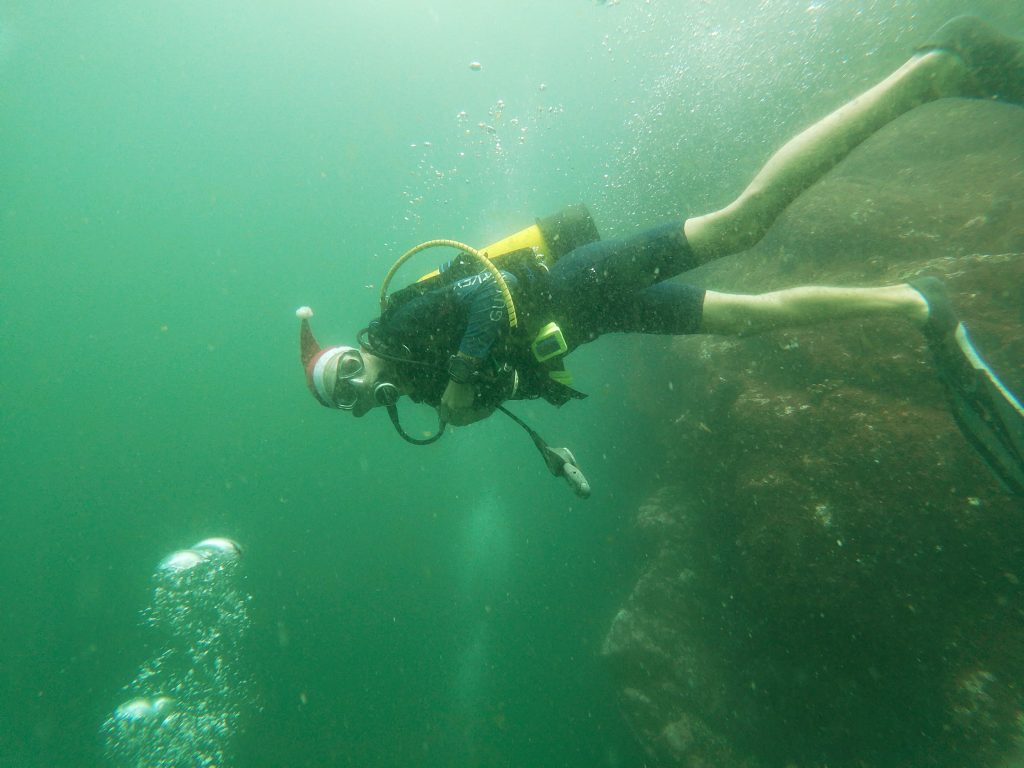
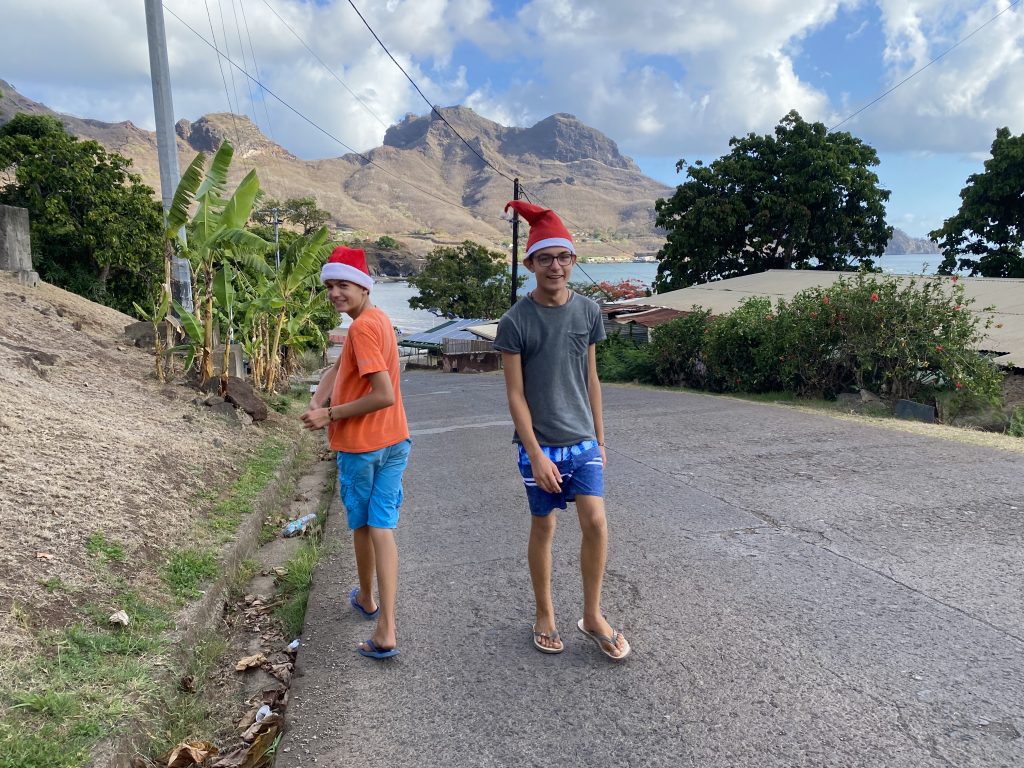
Even after 3 months now I feel so blessed reading your article. Thank you for that. You and many others sailing bloggers inspired me to go to Croatia with https://www.yachting.com/en-gb/croatia-yacht-charter.
Have a great day and be safe!
V.
Well done Evan and thanks for letting me know you had put this up. Read it and really enjoyed your year account on Fat Susan.
Still more adventures to come. Have fun, love you and stay safe. Xxxxx
This is an amazing article Evan. You have a brilliant writing style and this was so readable. And I had to Google ‘atolls’ so now I know. Very cool. Very. Hats off to you sir. Will Rose says ‘Hi’ to you both!
Loved reading your account of the last year! I think you should be writing more blog posts. I can tell you have a wonderful and sarcastic sense of humor, which i can relate to. Love how you describe things! Keep up the good work! (I didn’t see any swear words…but i might have not noticed. I worked on fishing boats for 10 years….after awhile i didn’t even hear the swearing).
That was amazing. I’m so proud of all you have achieved Evan. You and your family, yes even Sam, are a true inspiration.
Looking forward to reading more of your experiences in the future.
Don’t forget to bring me back a sloth
Love
Lauren AKA Cams mum. X
Evan, what a great blog, it was so interesting, you really have some great memories, and lots more adventures to come. lots of love and well done, Gran xx
Fab blog. I love your mix of well written A* quality (What do I know?#benefitofthedoubt) narrative, and normal “Evan I’m a teenager, this is how it is” lingo. I think it works well, and loved living your adventures with you. Hope you have a fab C***D free 2021, as best as you can in such poor surroundings 😉😎. Love (soz) Mike your Swansea stalker.
Evan, beautifully written and straight from the heart. I felt like I was with you on the journey reading it. Keep it up, you’ll go far with writing like this! Any English Literature teacher would be very proud of it. You took me right back to Columbia and parts of Central America with your descriptions. I loved it. Thank you 😊